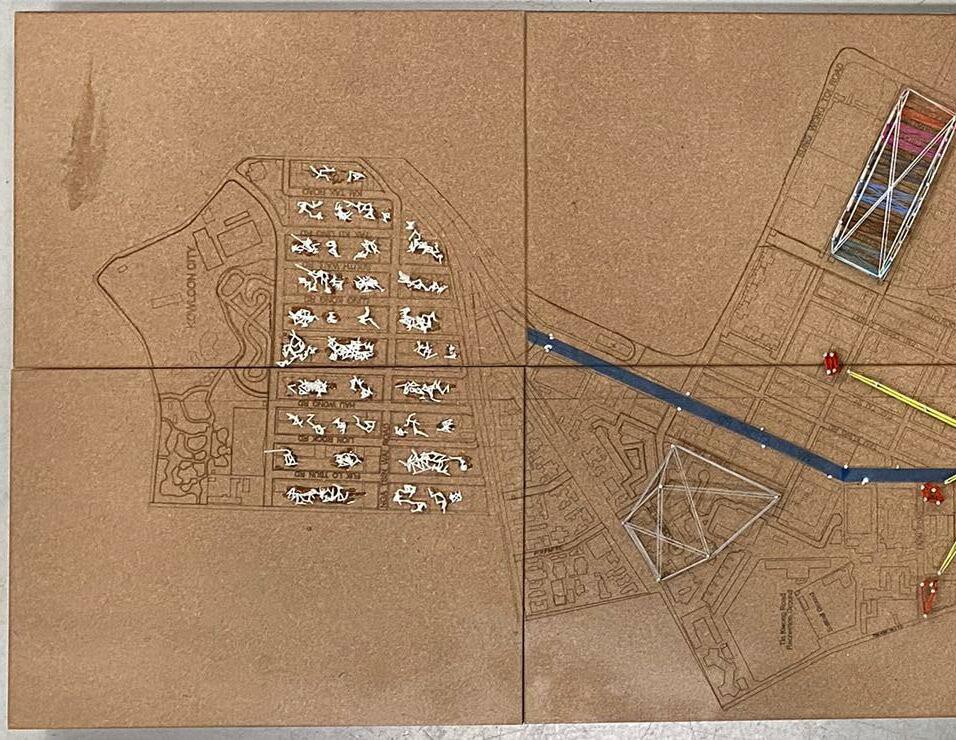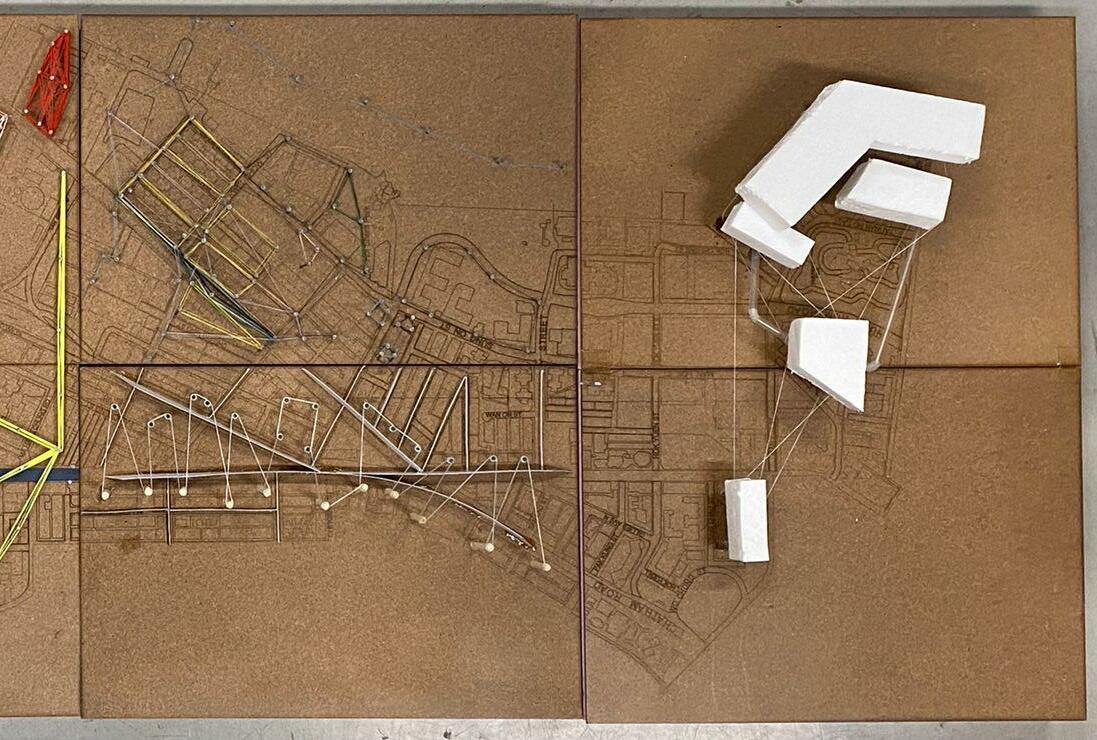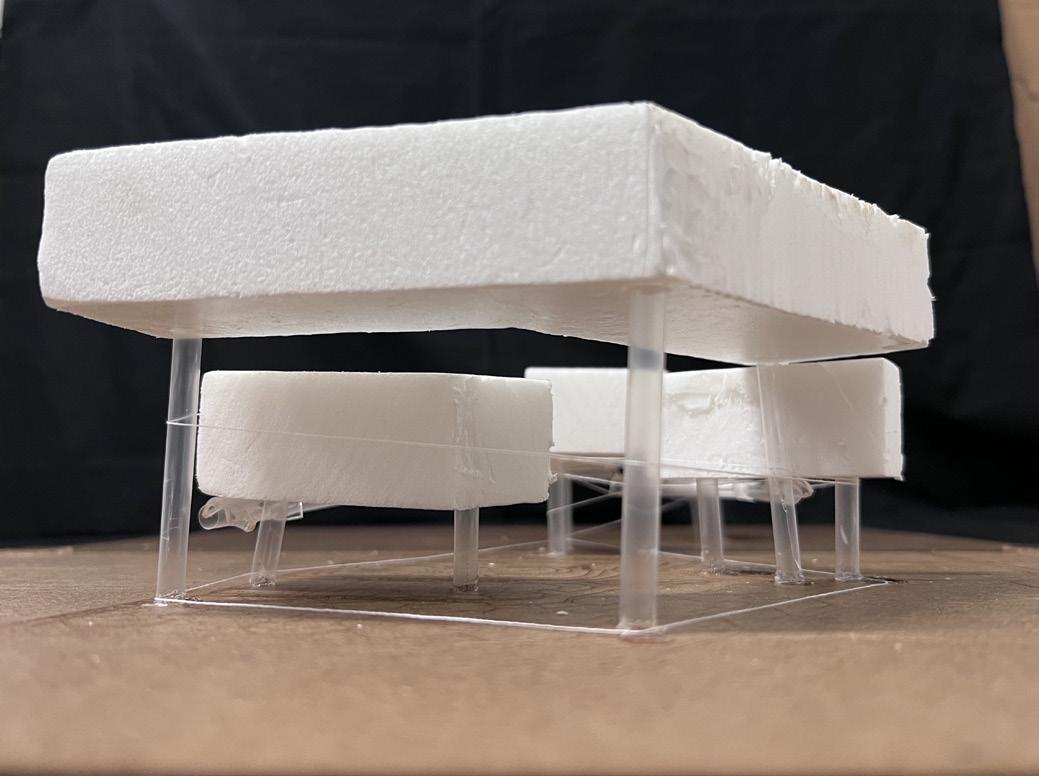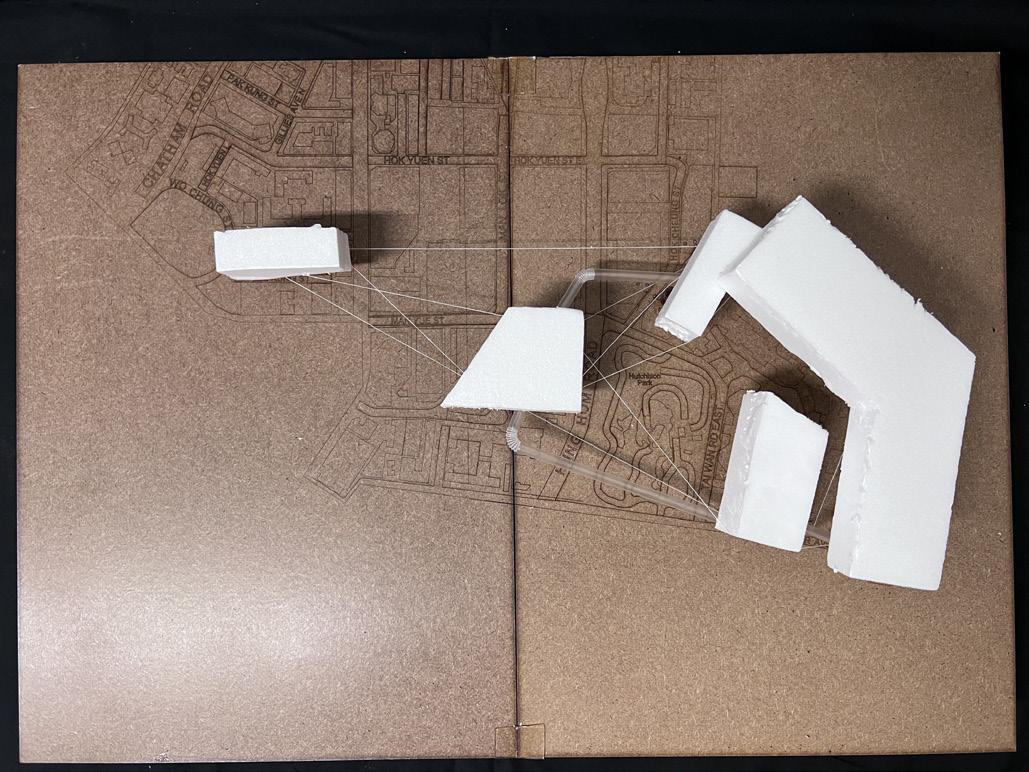pam phl ets
KOWLOON CITY DISTRICT



Time line
Before the 1920s, Kowloon City was basically a society of fishermen, farmers and quarry mining.
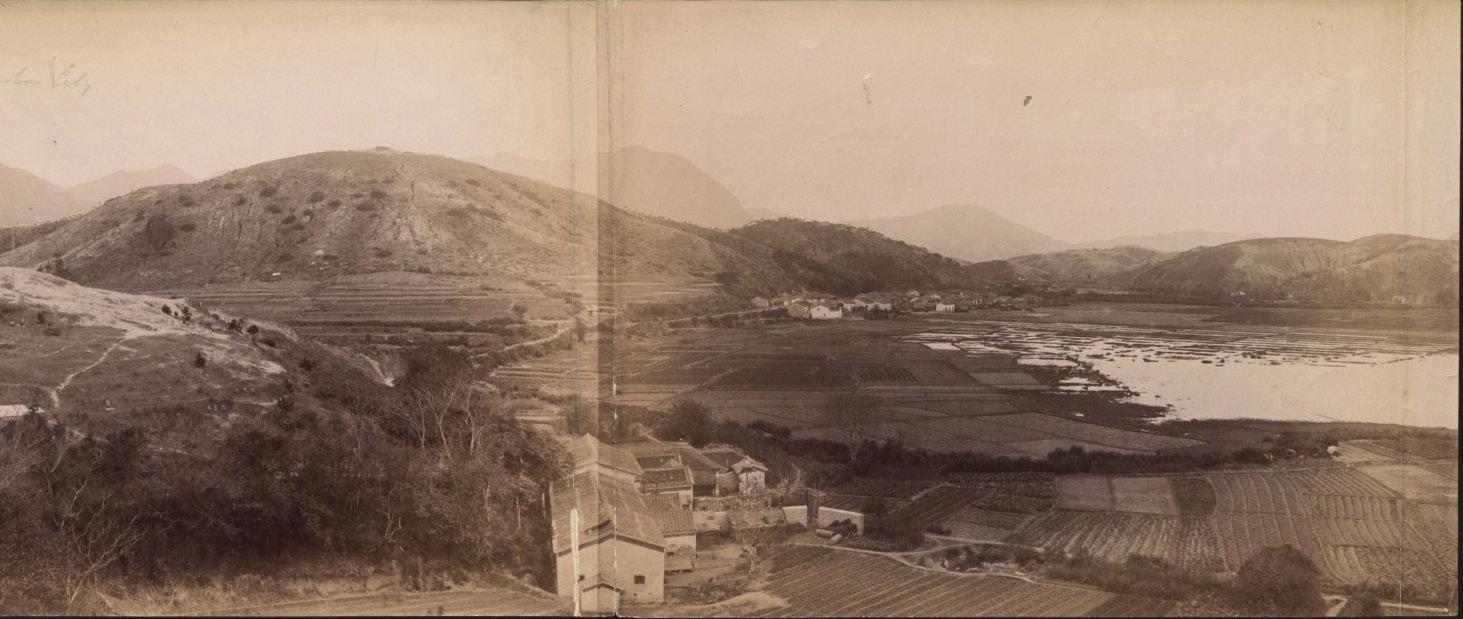
In 1958, the government completed the reclamation project in Kowloon Bay, moved the Kai Tak Airport to the south, and built the San Po Kong Industrial Zone and Prince Edward Road East at the original location.
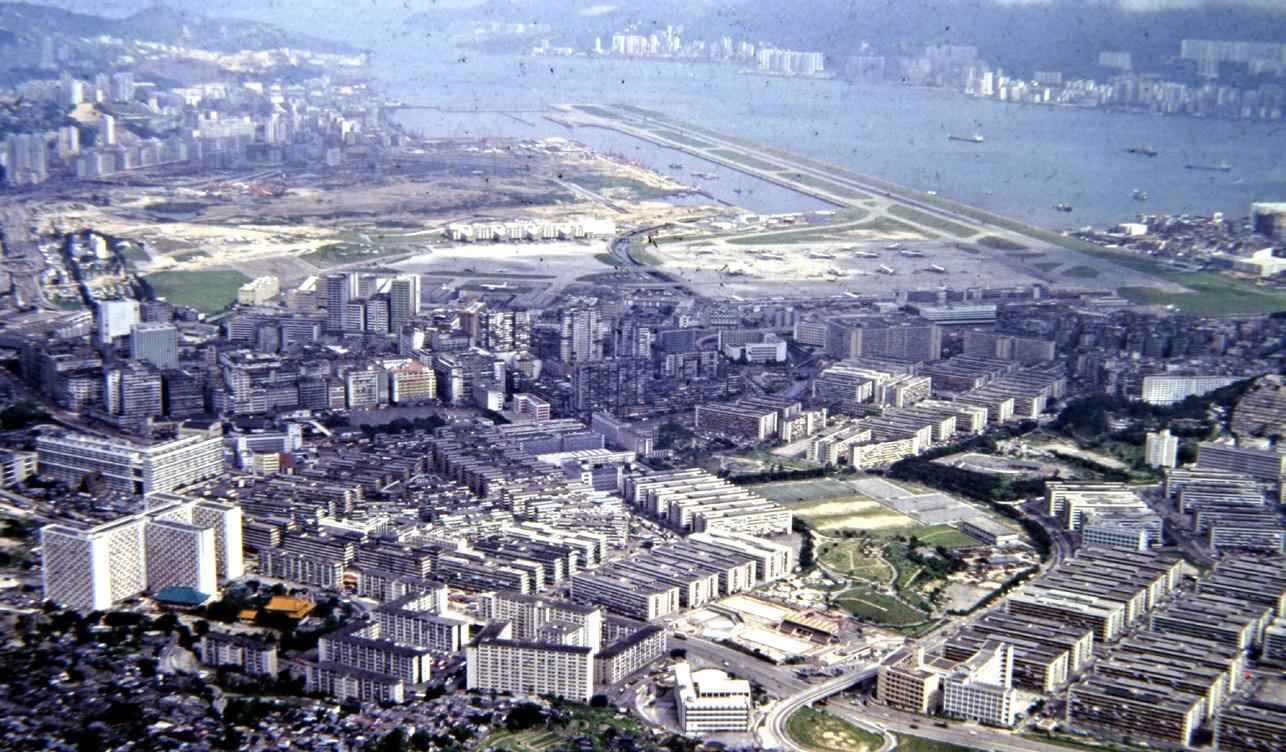
Later in 1993, all residents were removed from Kowloon Castle and all the buildings were demolished. The surrounding area including the site of the building turned into a ‘Kowloon Wall City Park’.
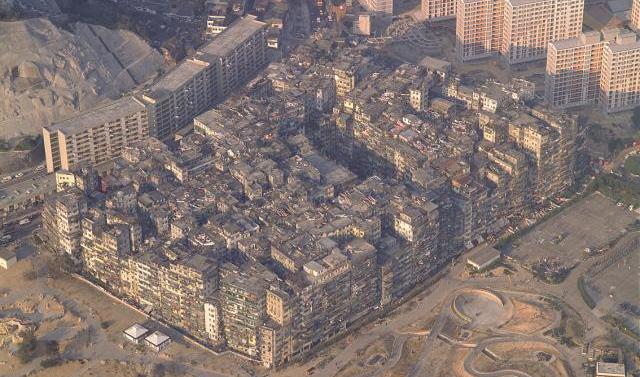
In more recent years, rapid urban renewal from government has taken place and new residential complexes have replaced old tong laus.

Extracting borders from historical map in 1947 by street blocks/ building orientations, also taking the moutain side and coastline as hints correspondingly.
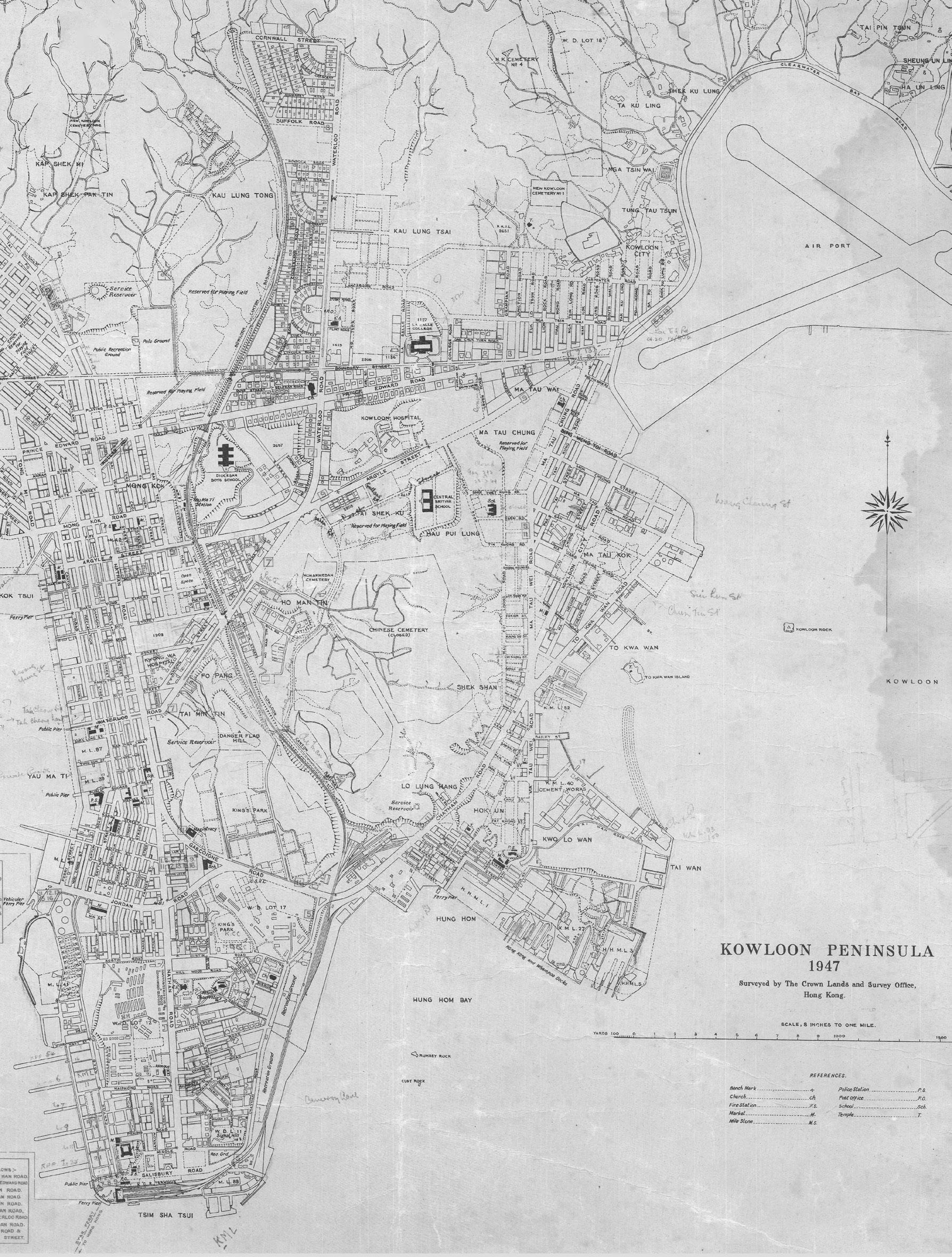
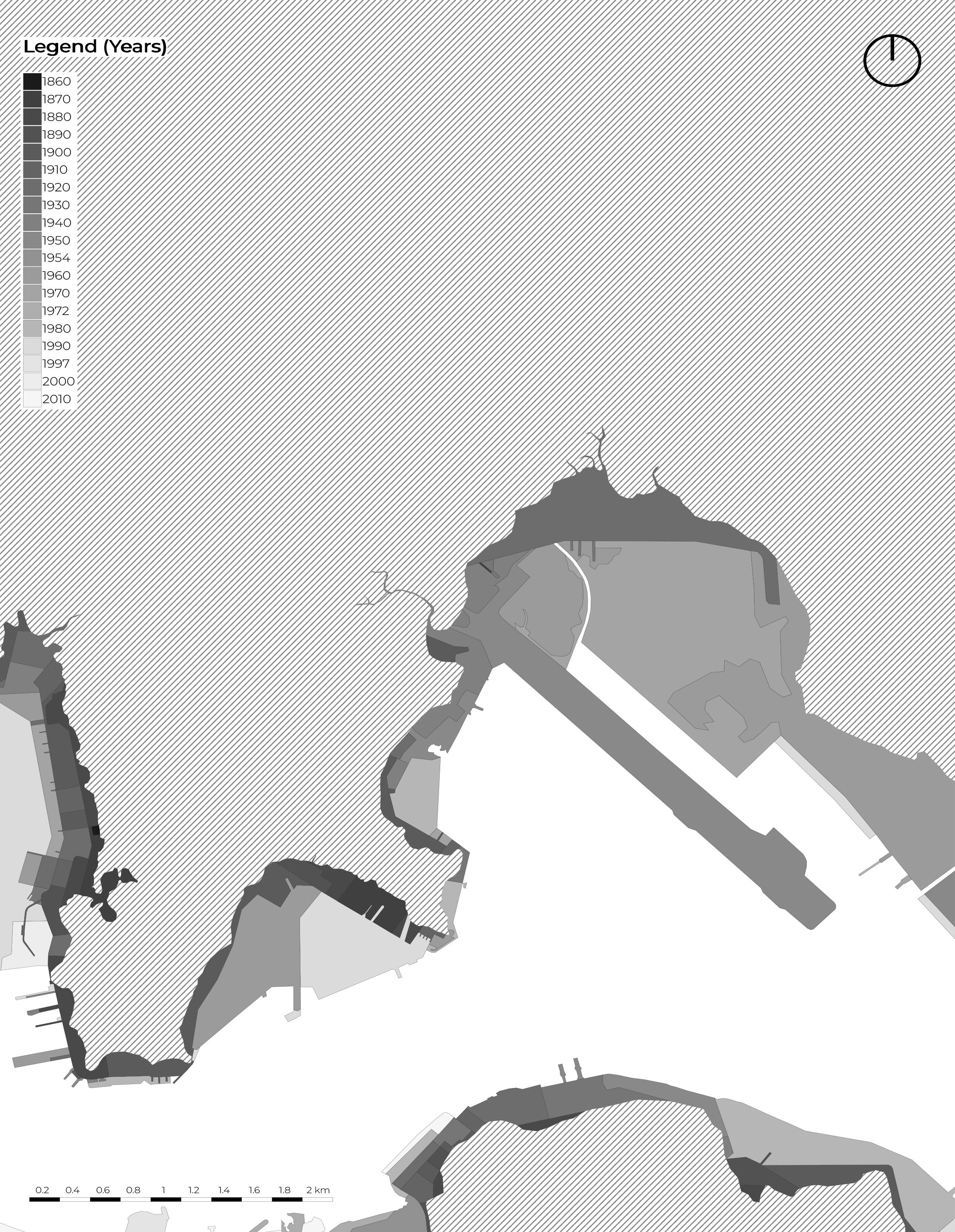
The peninsula has been significantly expanded through land reclamation from the sea, over several phases. In the south and west, most of the reclamation was carried out before 1904. Reclamation in several other small areas along the main Tsim Sha Tsui waterfront was completed by 1982. Since 1994, parts of the Hung Hom Bay were reclaimed and by 2019, it had been completely extinguished. The West Kowloon Reclamation was formed as part of the Airport Core Programme and largely completed by 1995.
From the extracted borders in 1947 historical map, the logic of gridlines has kept and eventually expanded within the future developments and reclaimed land.
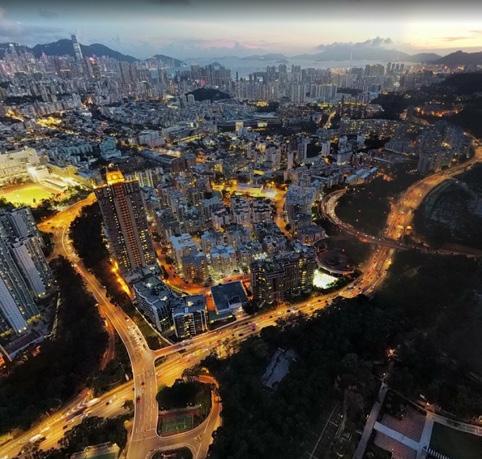
When the motorways collide, they often generate a traffic knot that affect the nearby pedestrian accessibility, which means that footbridge or a complicated crossing are needed when passing by.
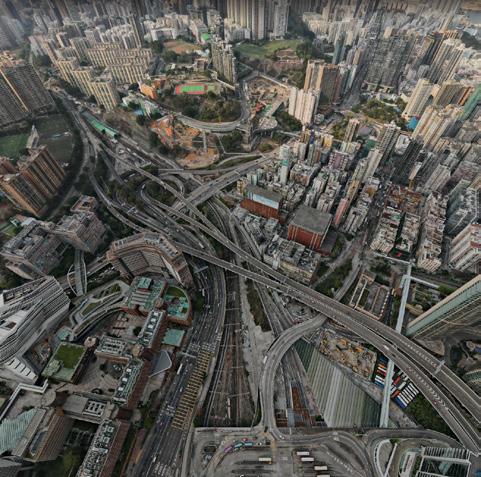

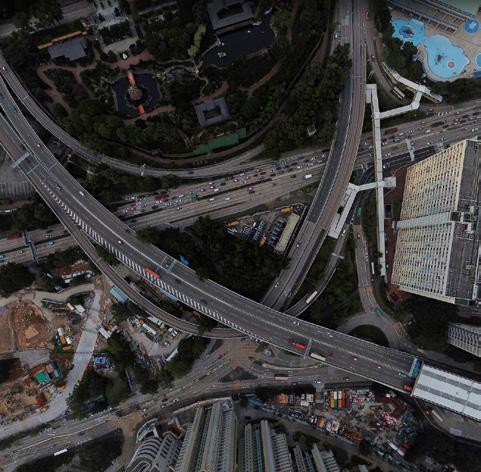
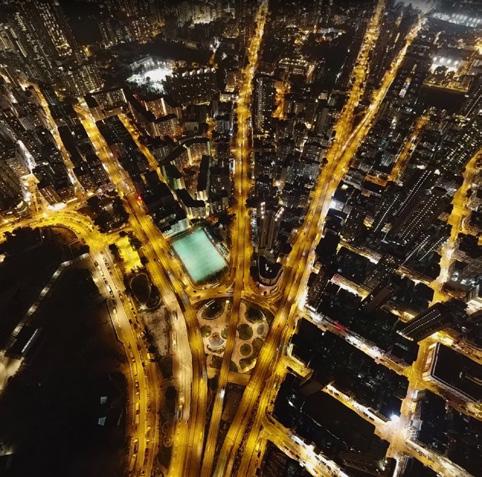
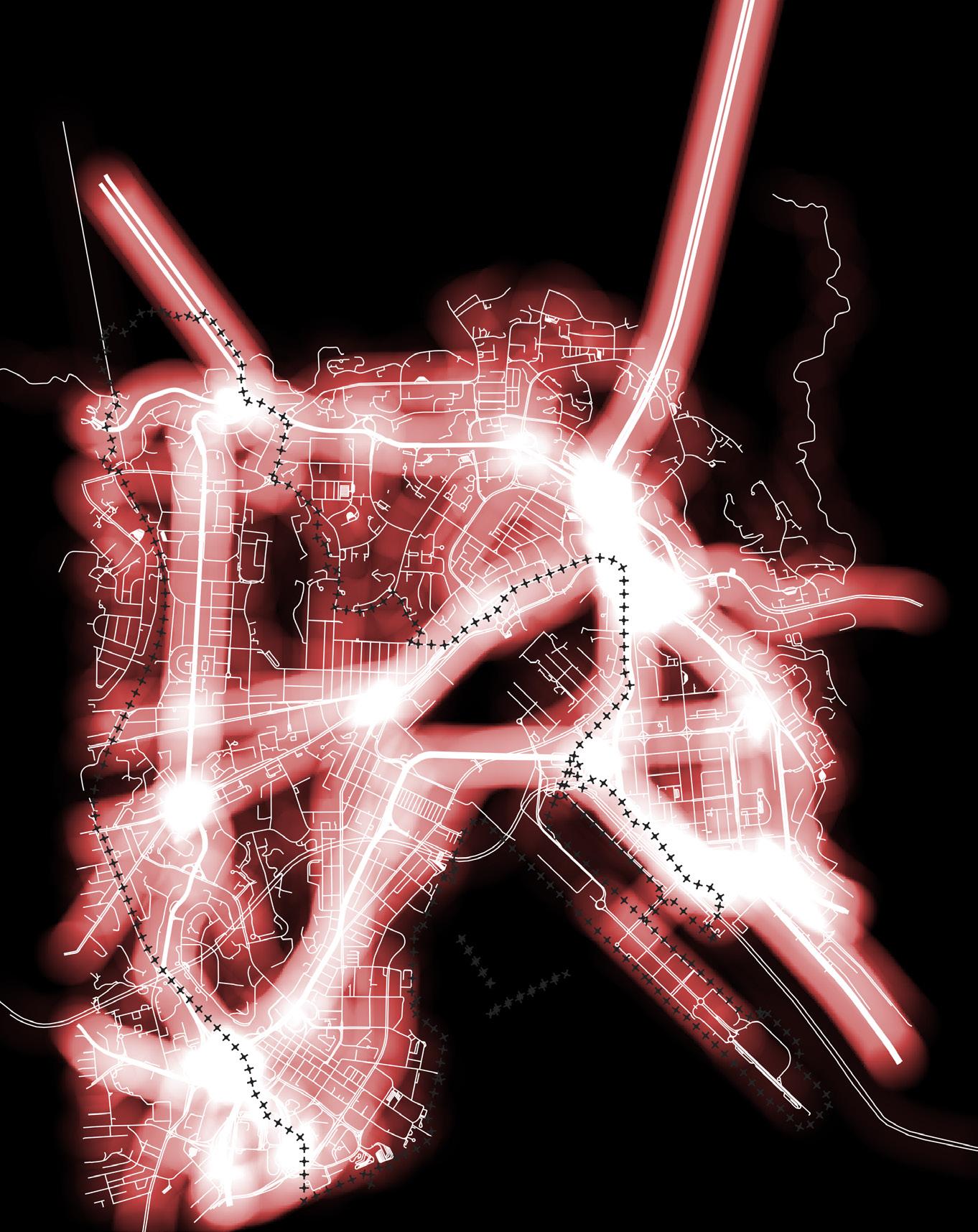
LOWRISE (6 STORIES OR BELOW)
MIDRISE (12-27 STORIES)
HIGHRISE (28-45 STORIES)
SKYCRAPPER (46 STORIES OR HIGHER)
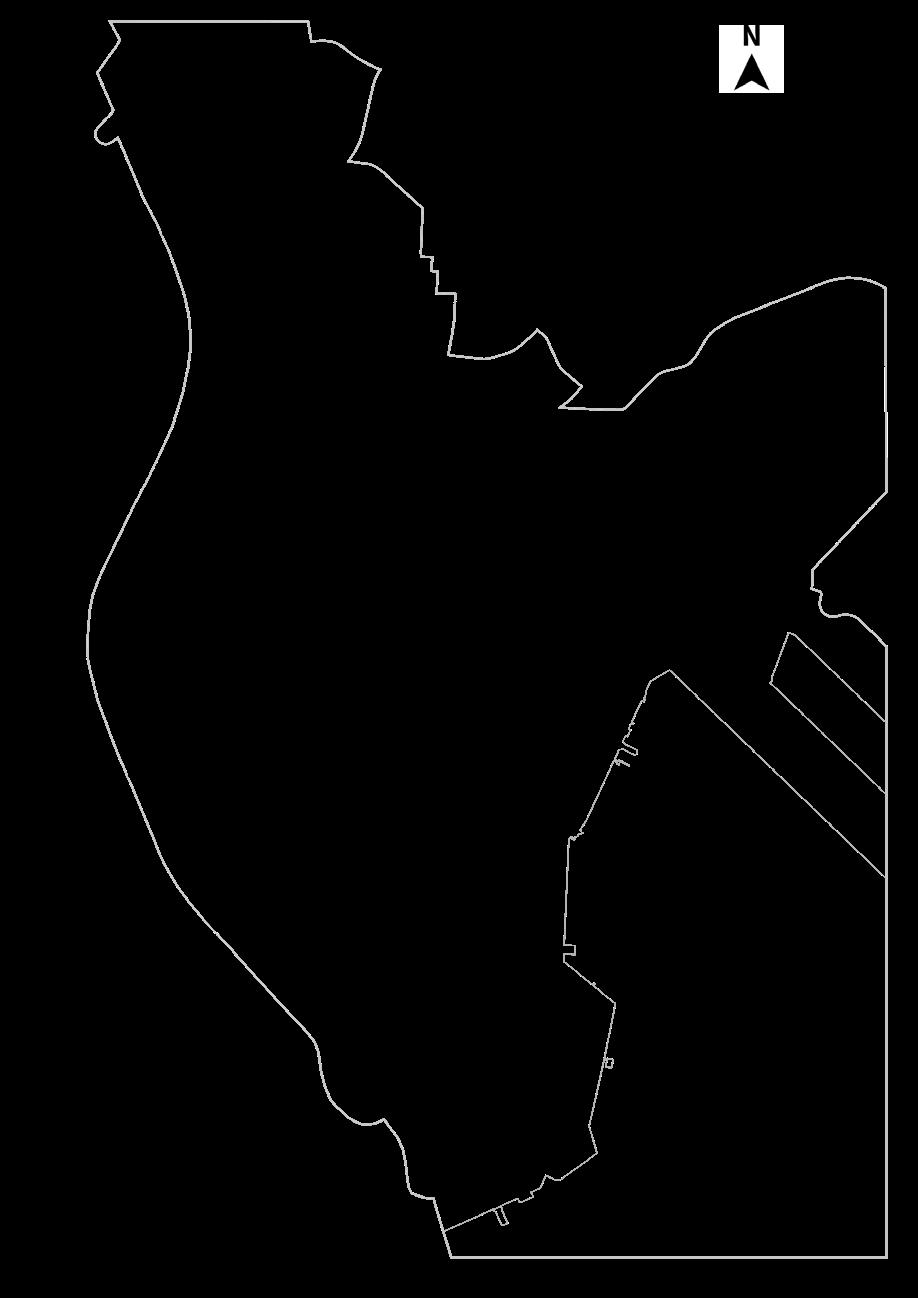
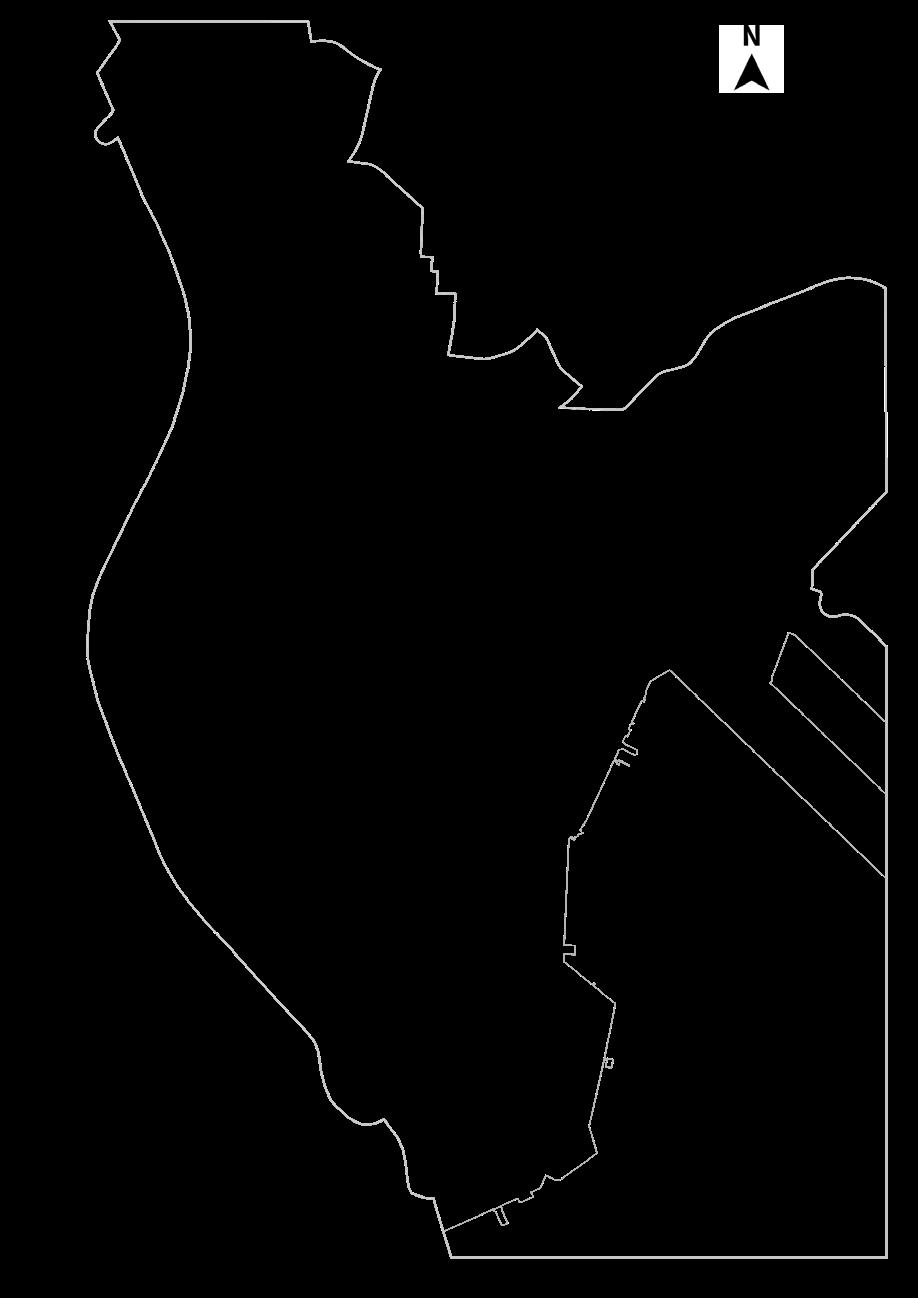
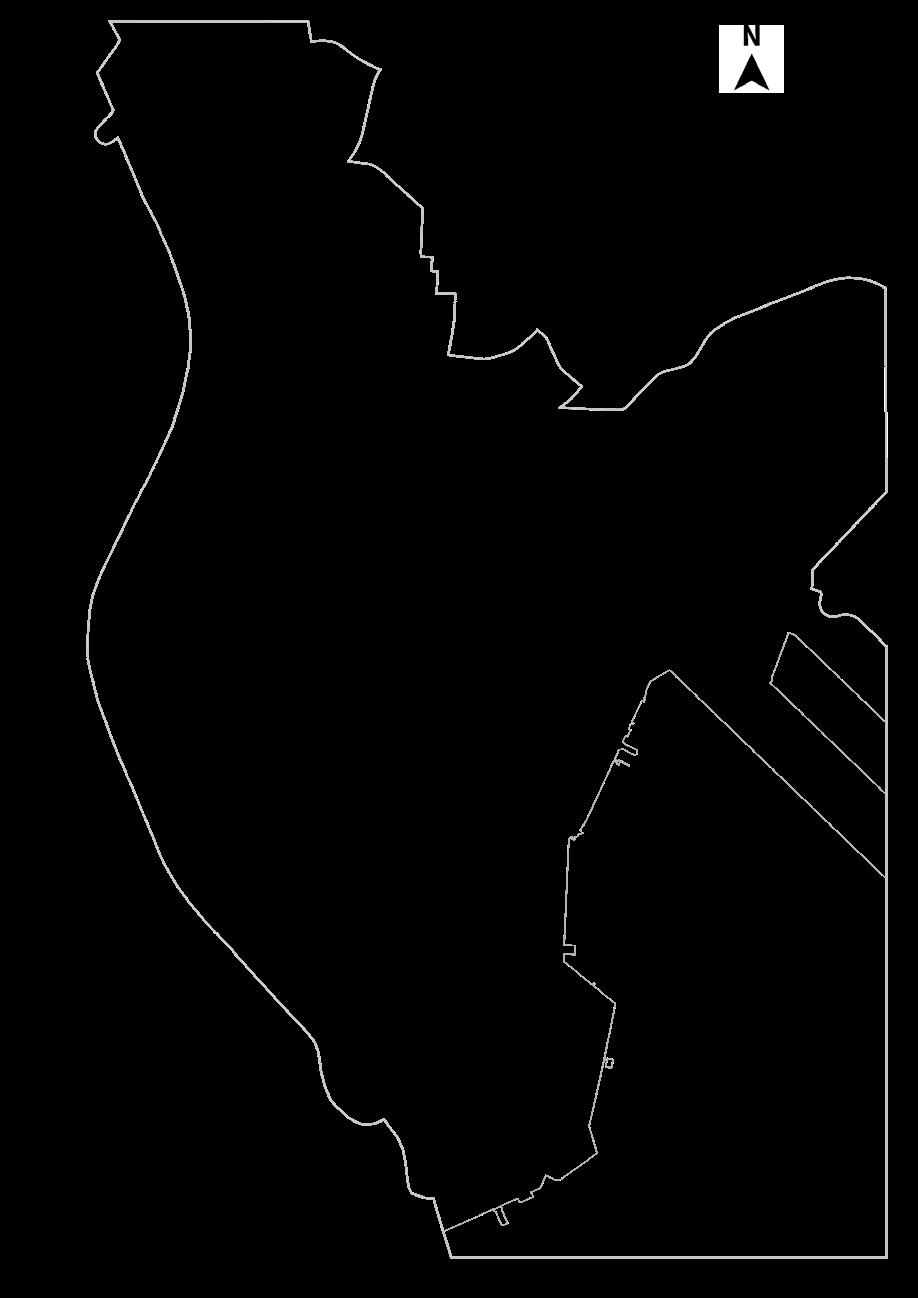
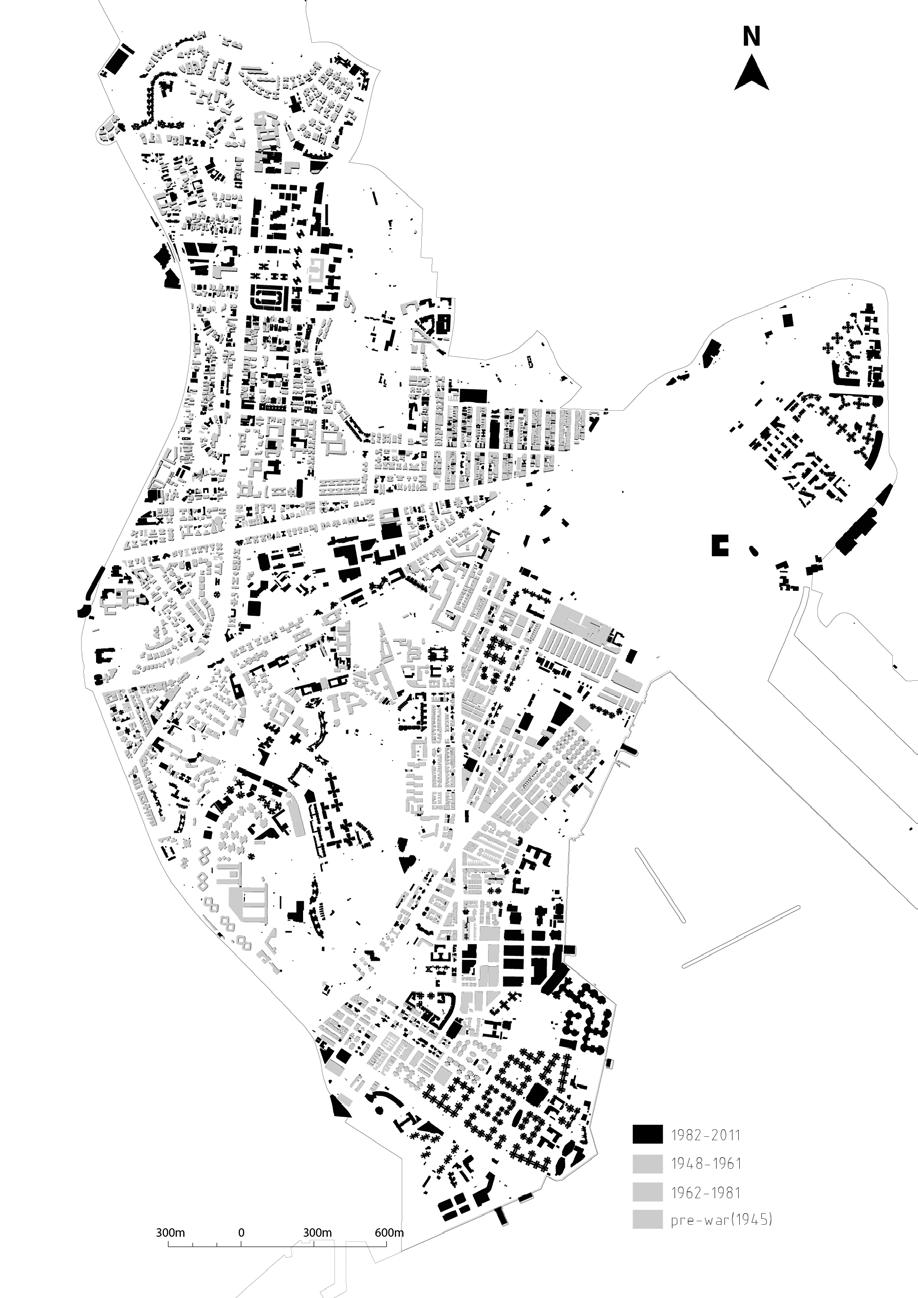
Kowloon City District are full of various resisdential buildings, with scattered factories and comercial building
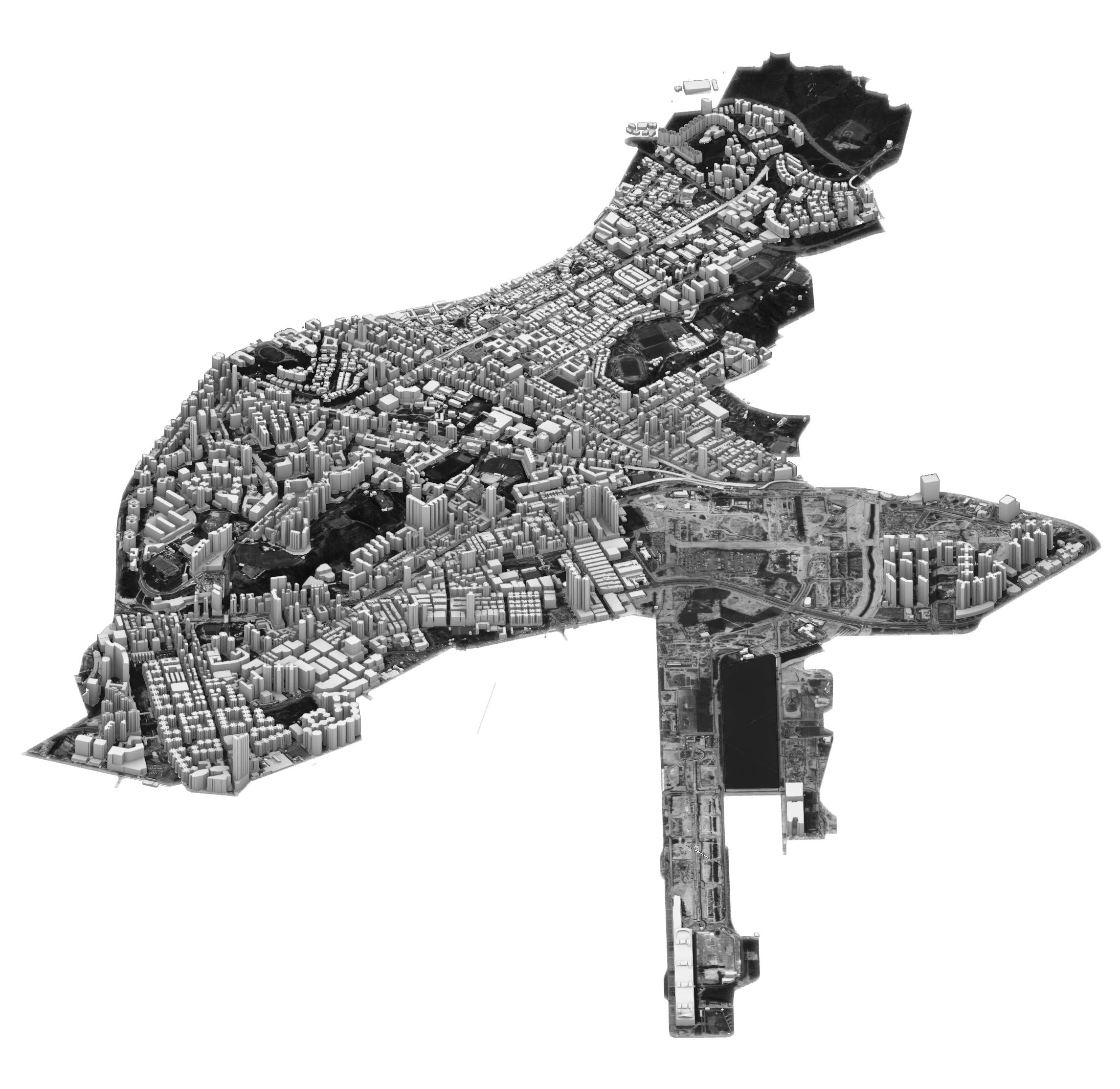
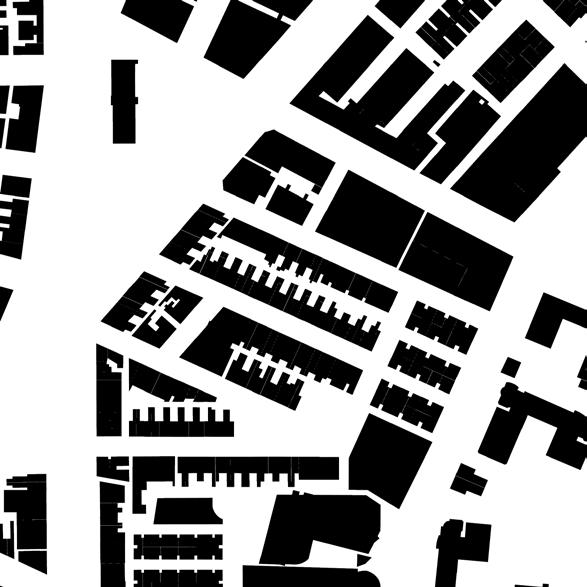
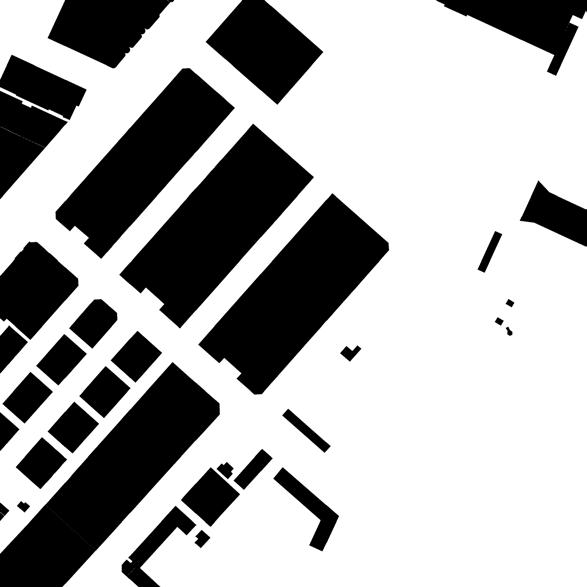
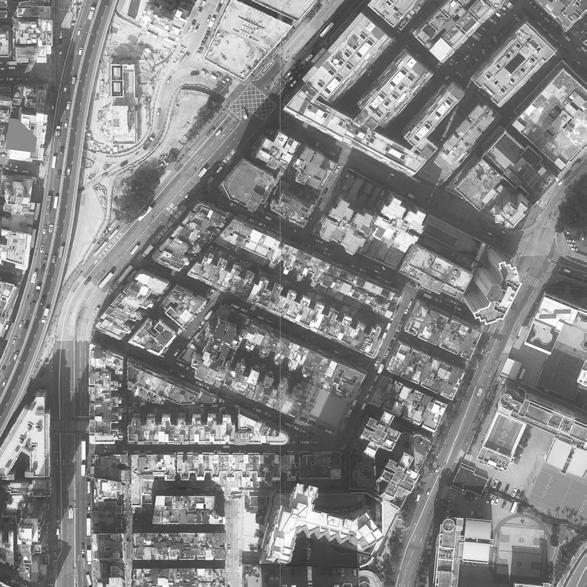
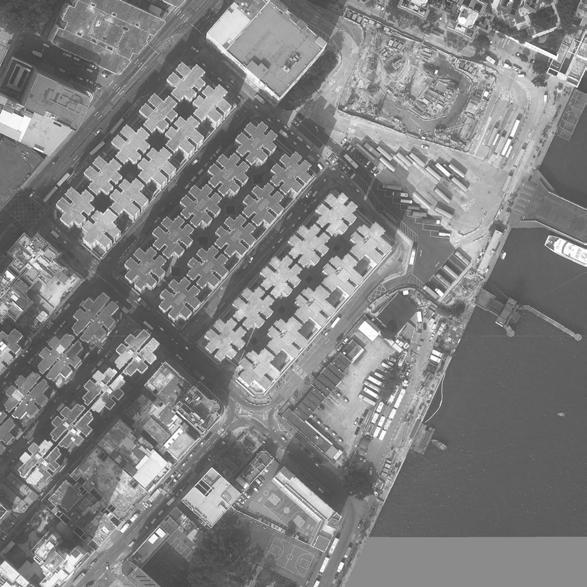
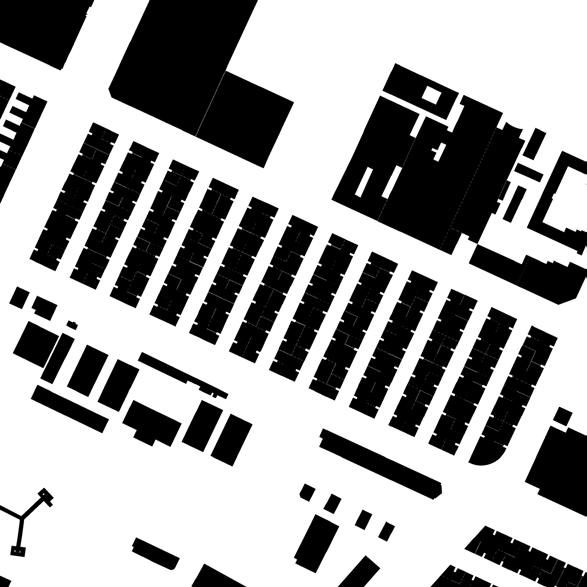
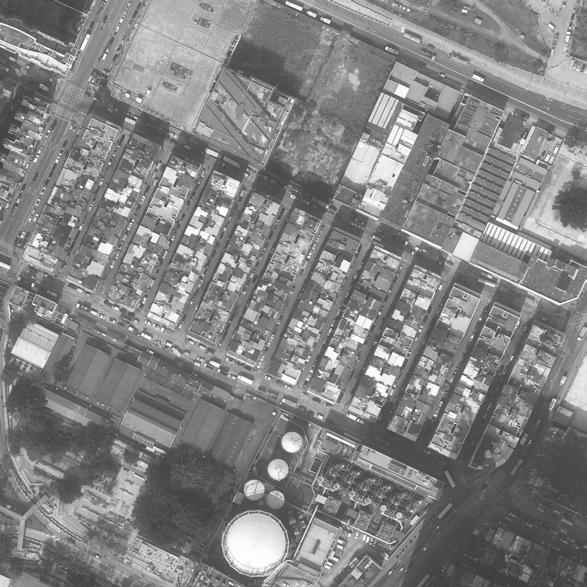
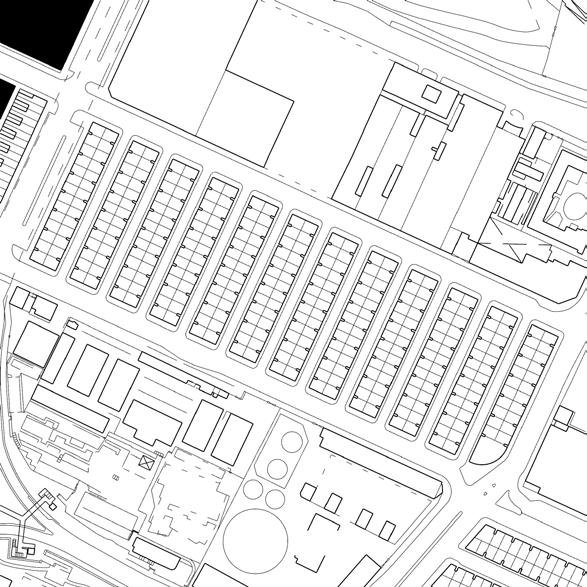
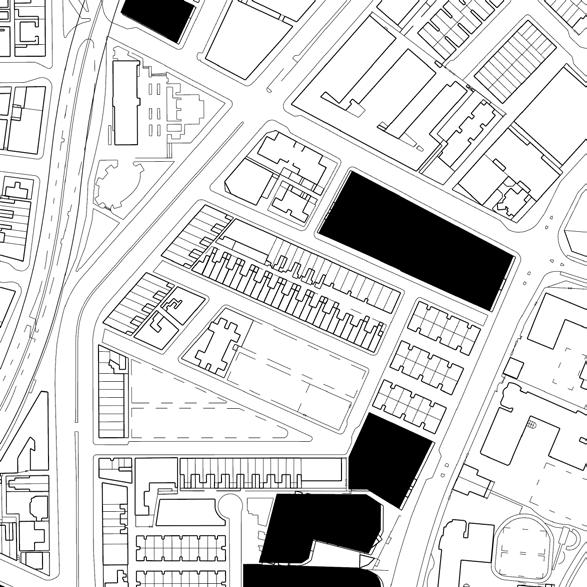
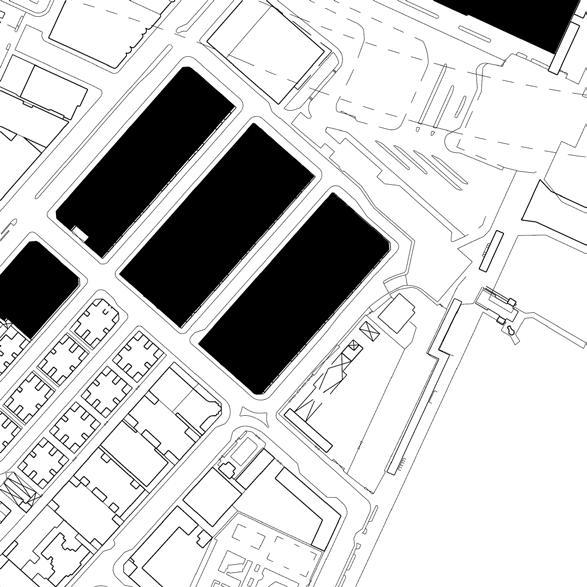
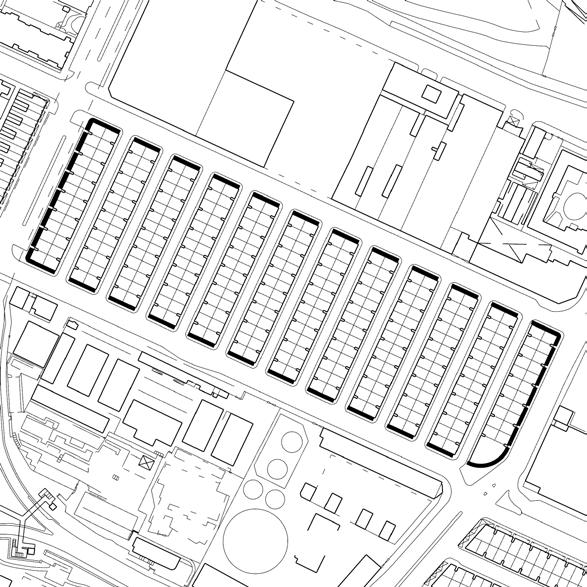
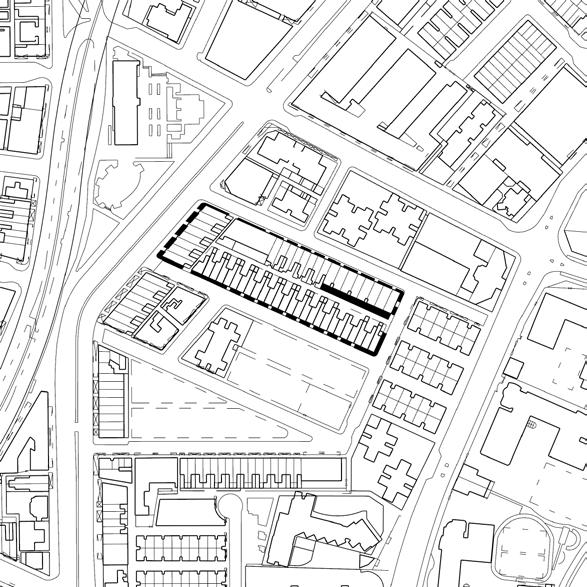
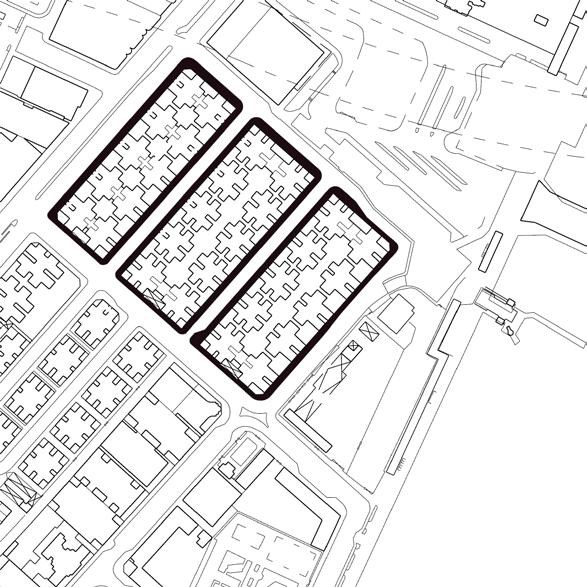
Massing
Pedestrian Path
Street Island/s
Frame line
Array of compact doublesided rows
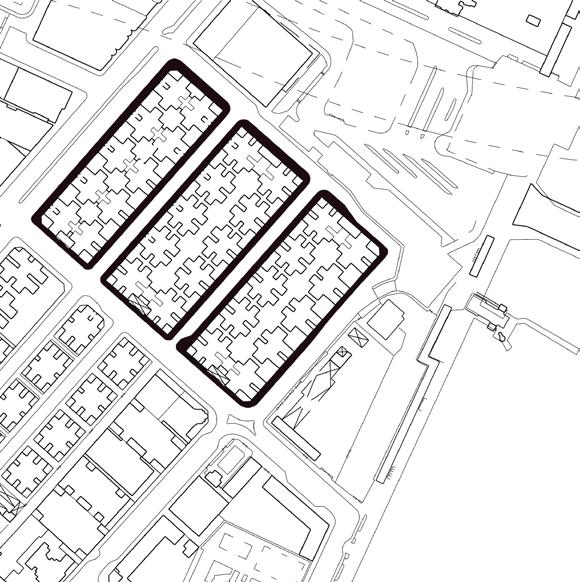
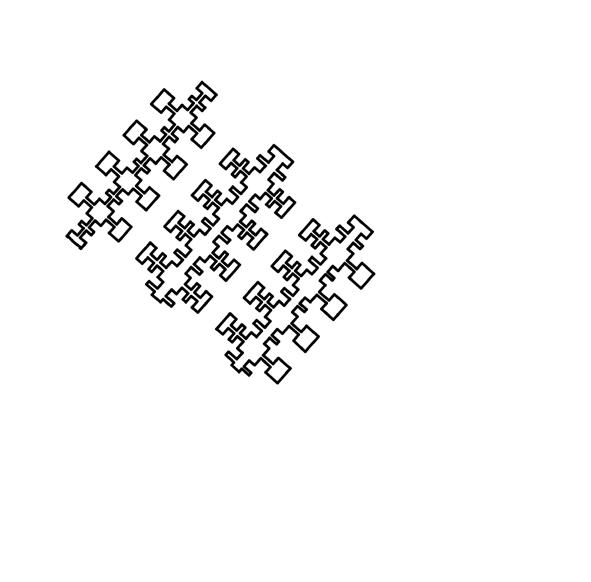
Frontside Accessible
Array of compact singlesided rows
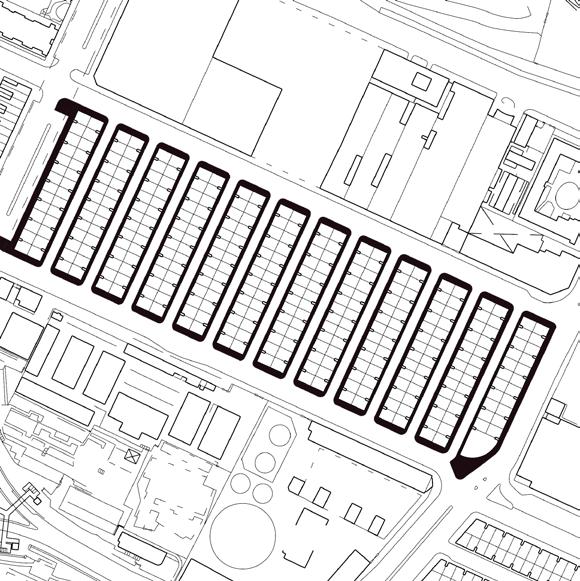
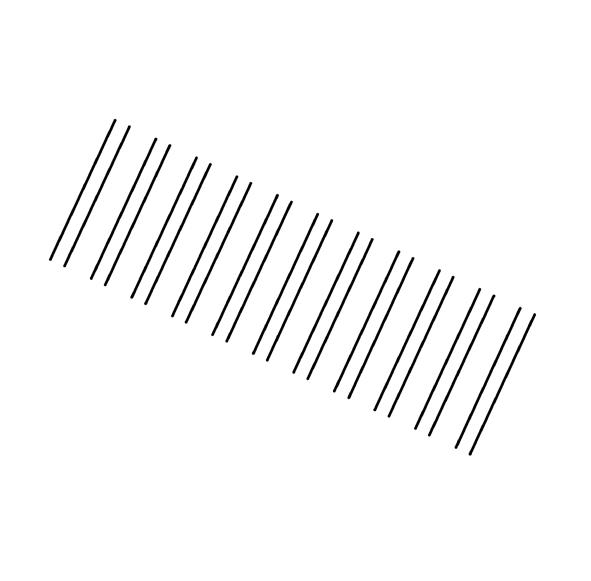

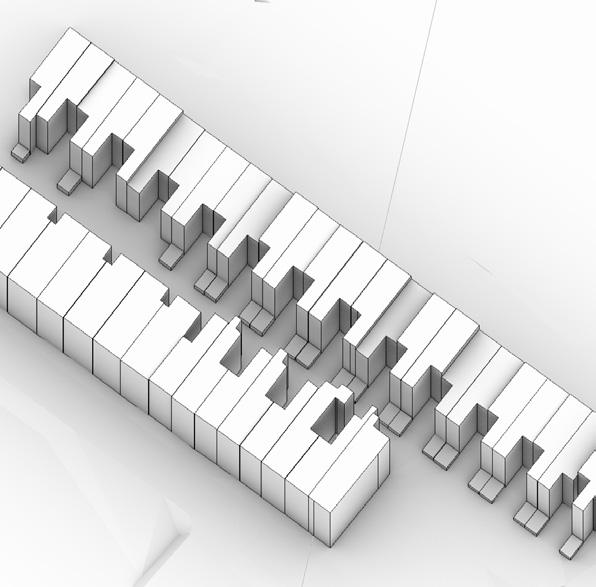
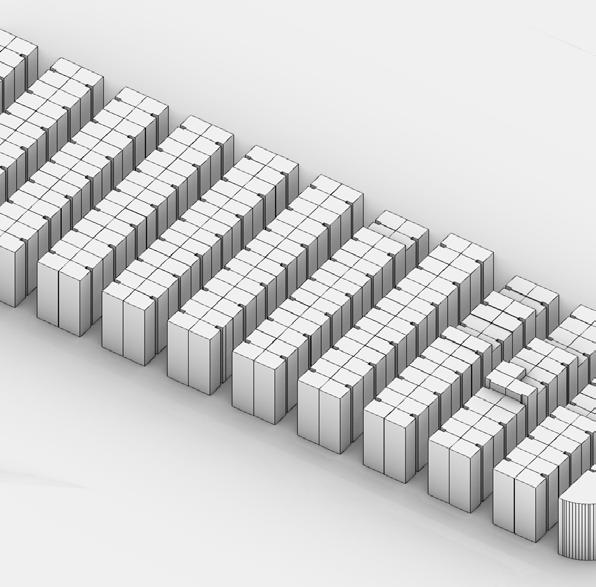
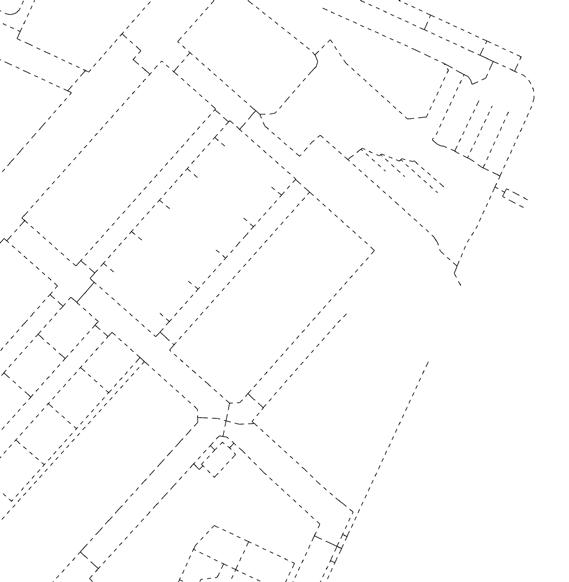
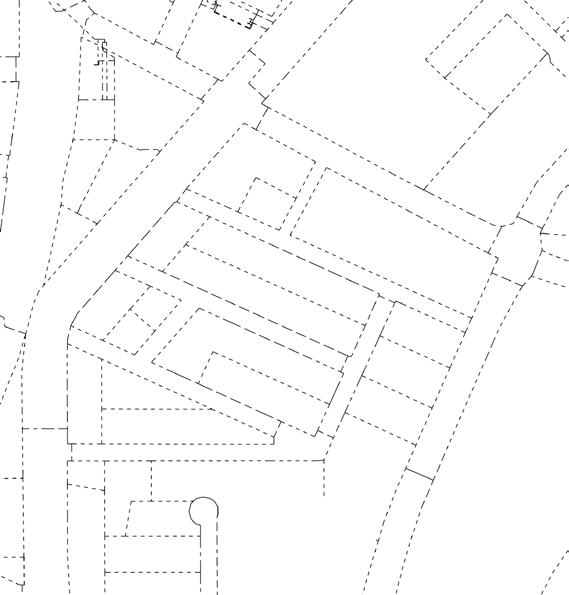
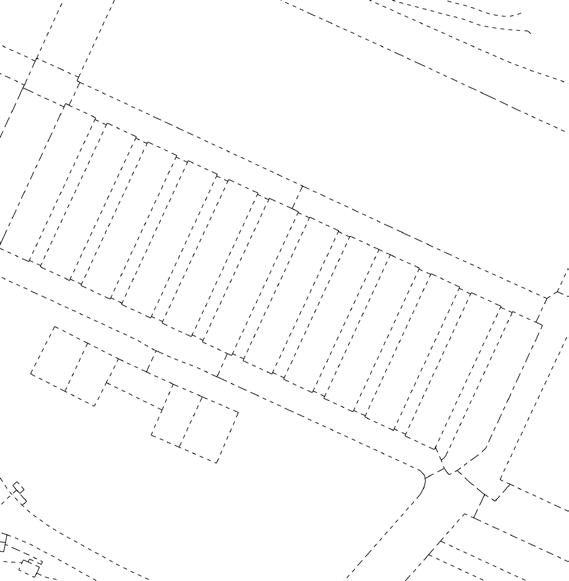
Bothsides Accessible
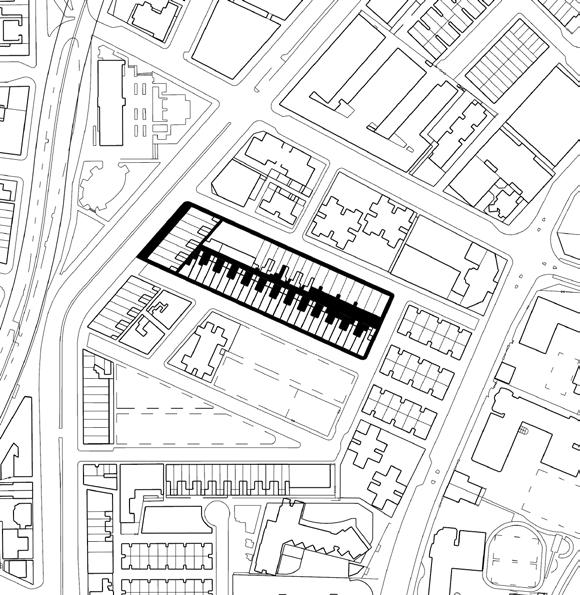
Double row with seperation
Defined by outer borderline of Court

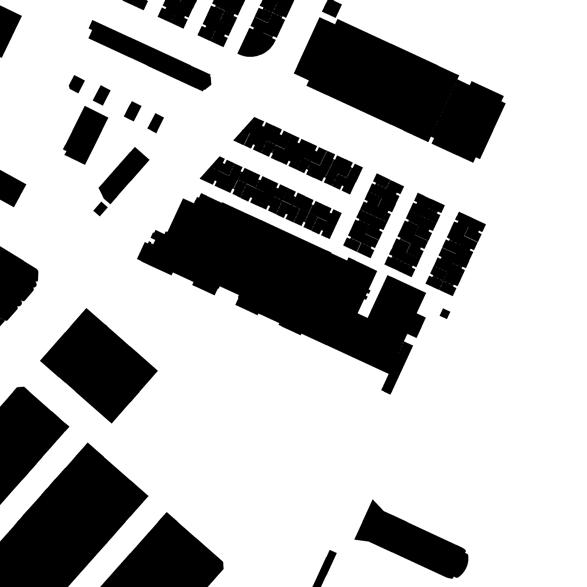
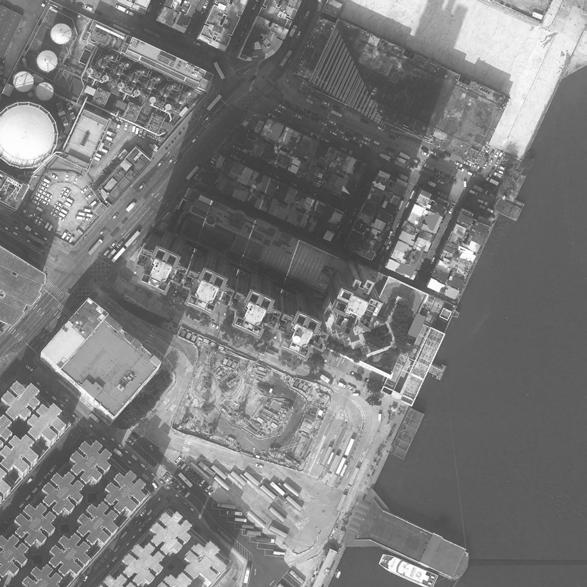
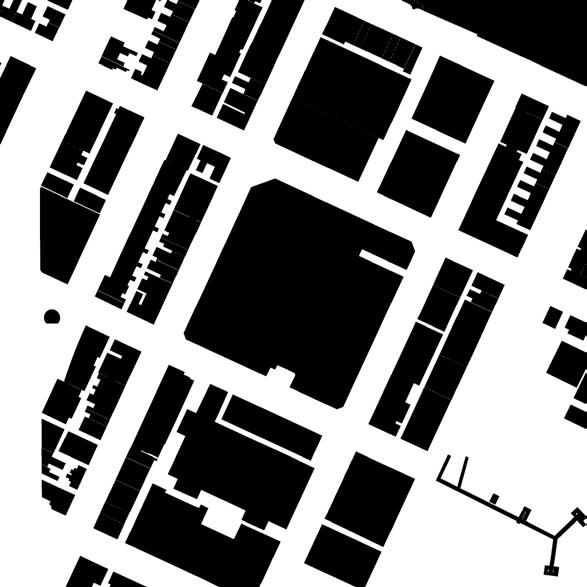
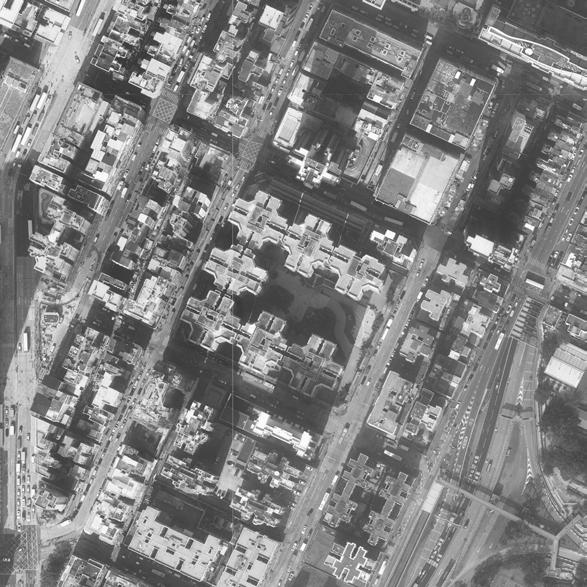
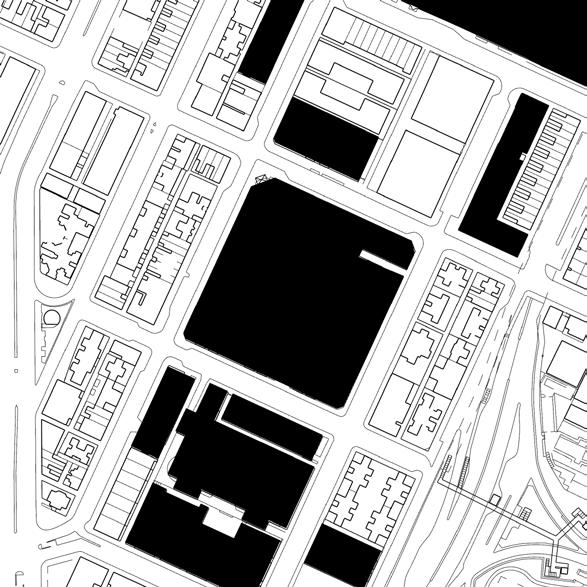
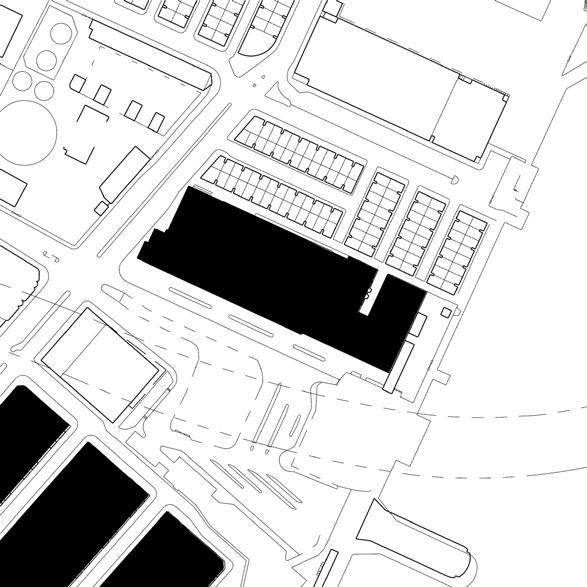
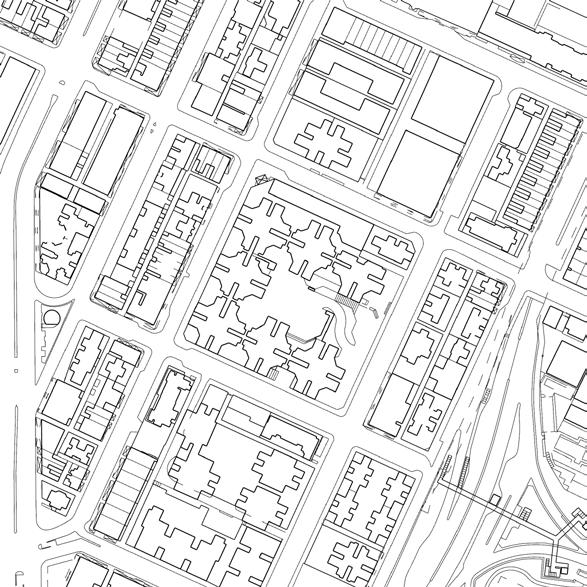
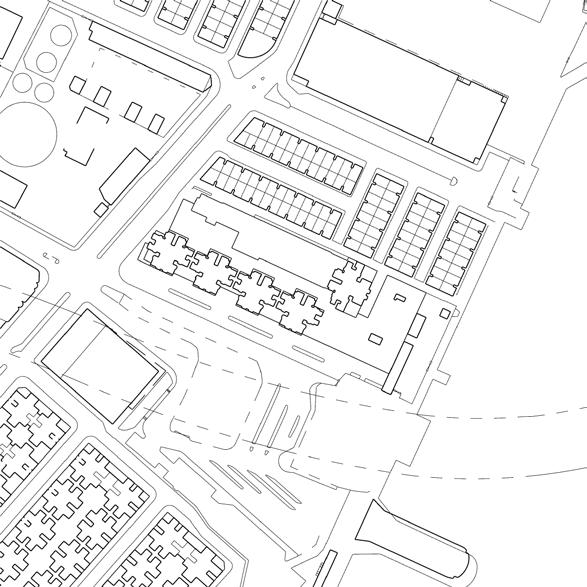
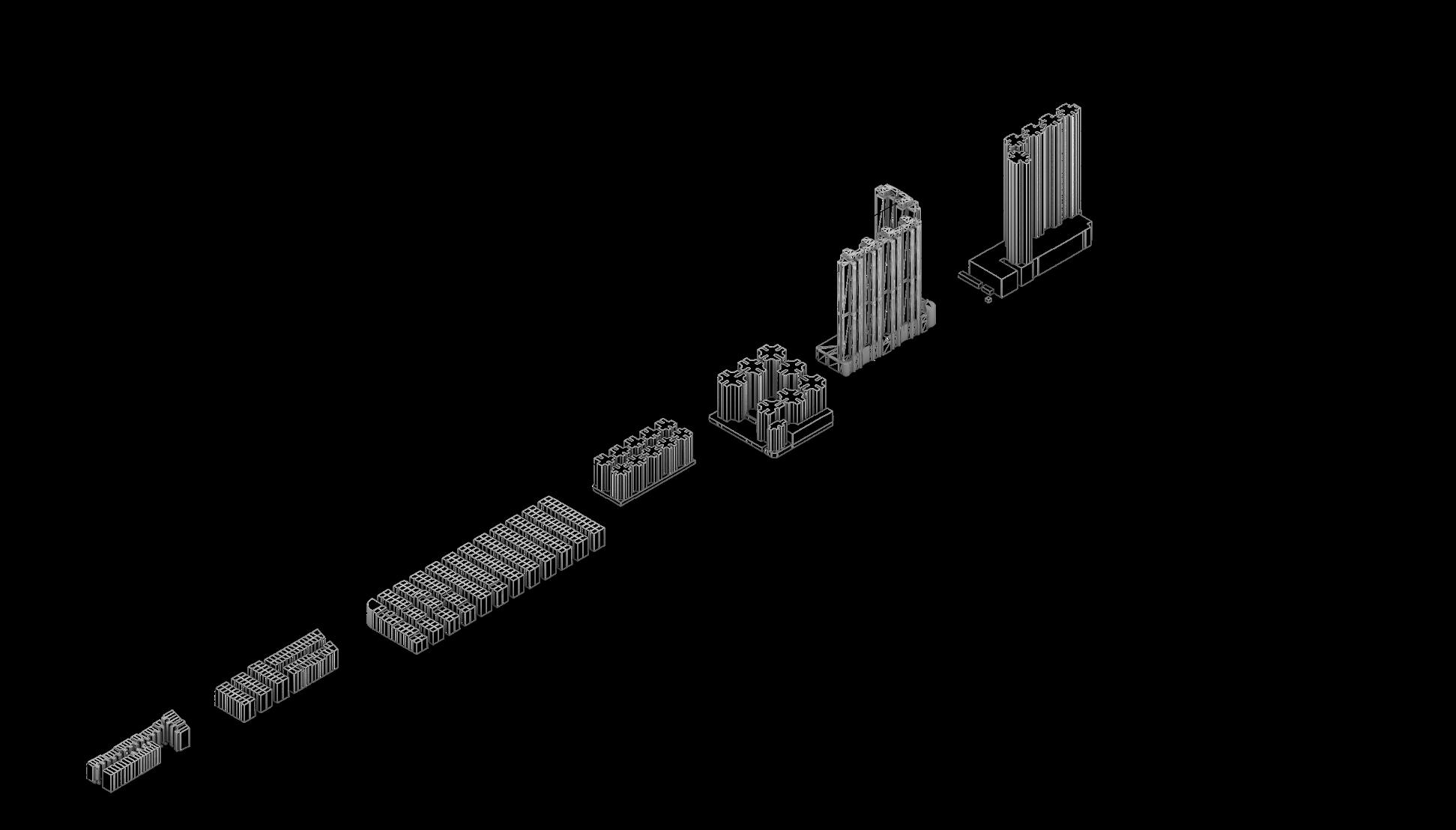
Massing
Pedestrian Path
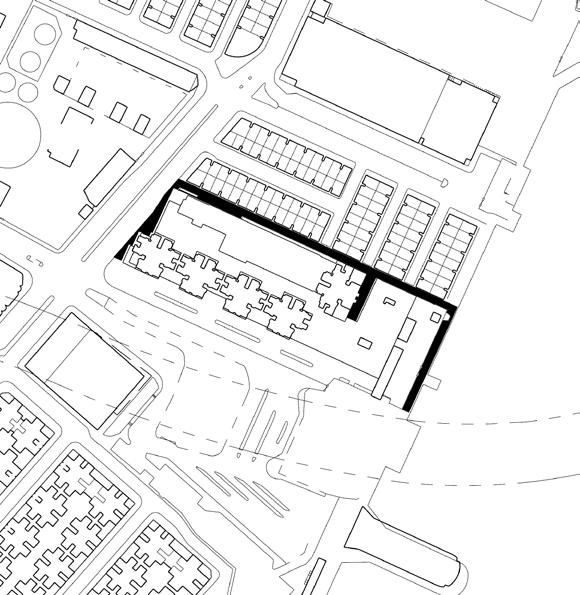
Street Island/s
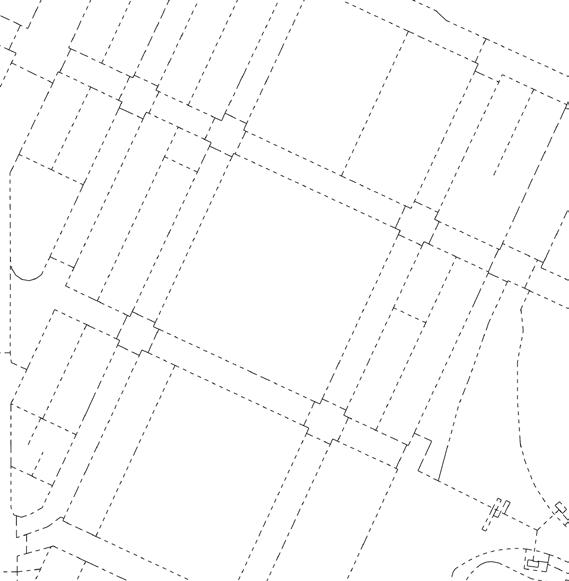
Frame line
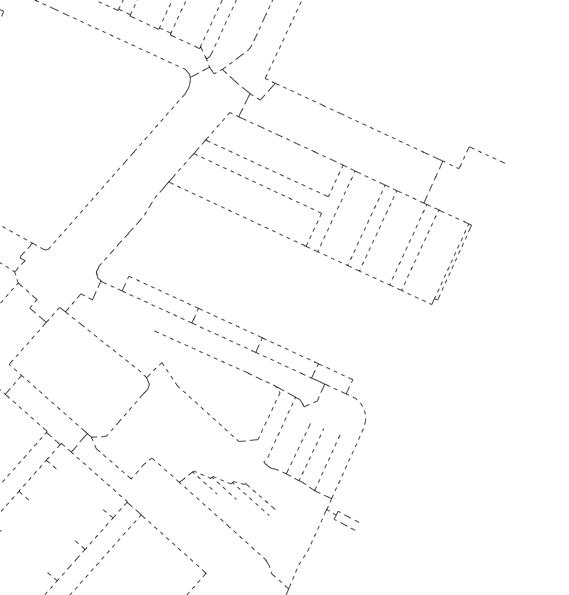
Towers Allocated arround the podium
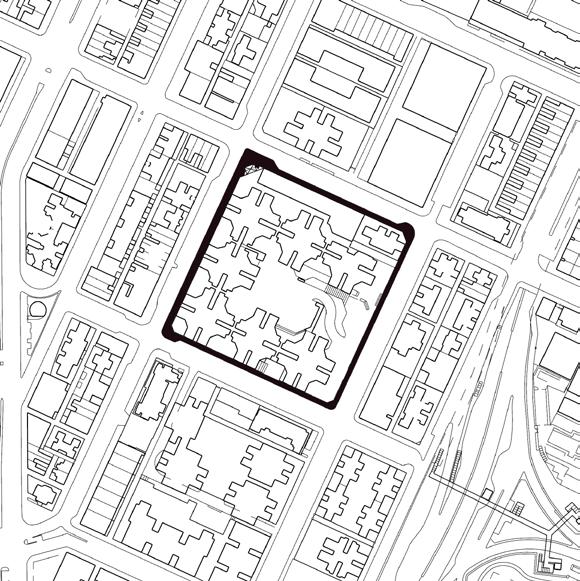
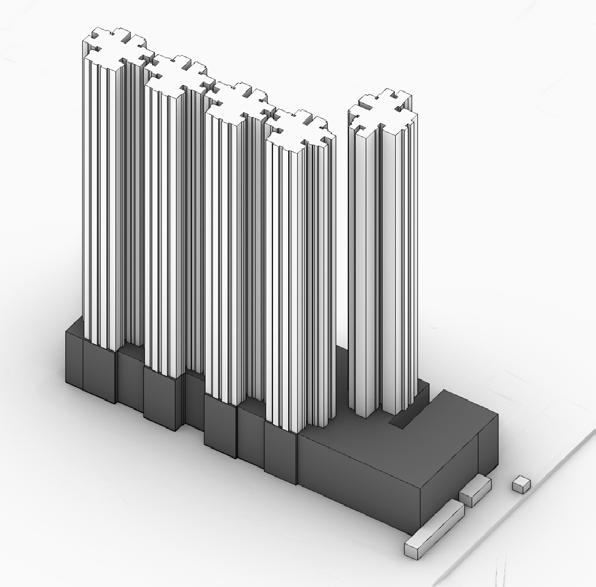

Frontside Accessible
Single row
Bothsides Accessible
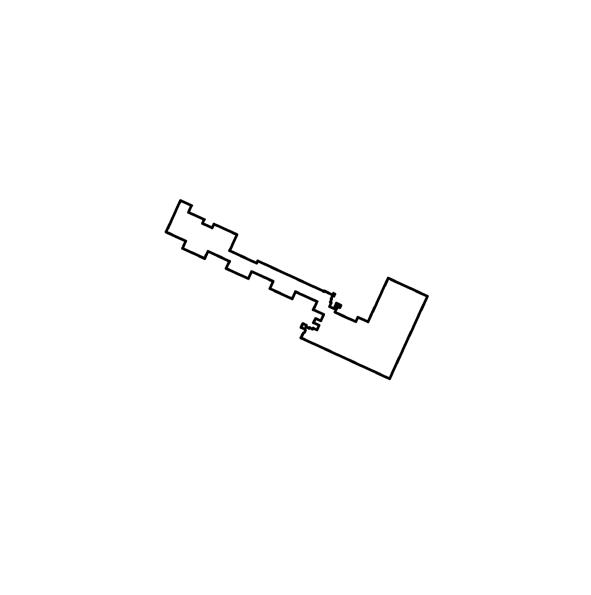
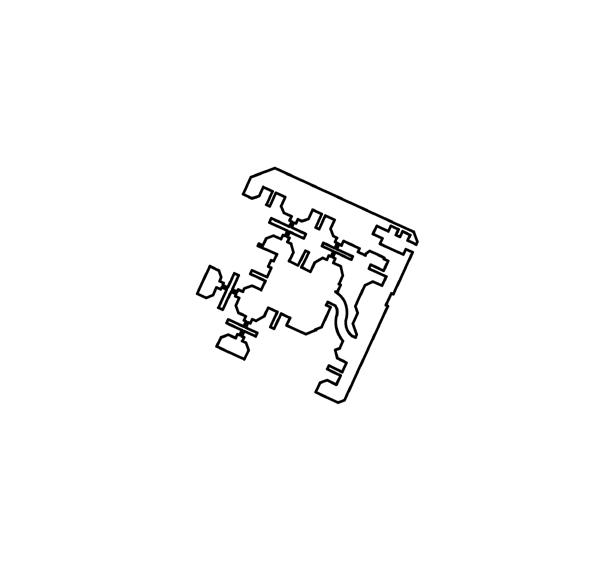
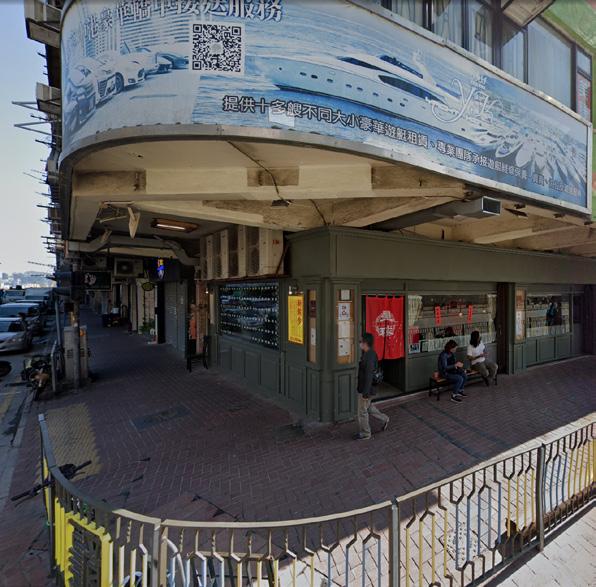
Respecting the grid shape of street blocks, tenement building often have the same orientation or even similar shape


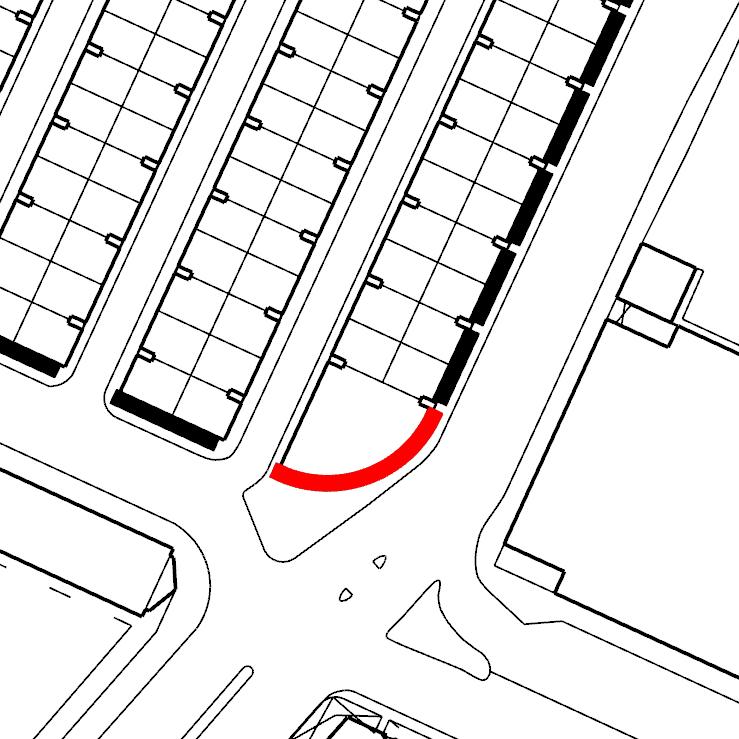
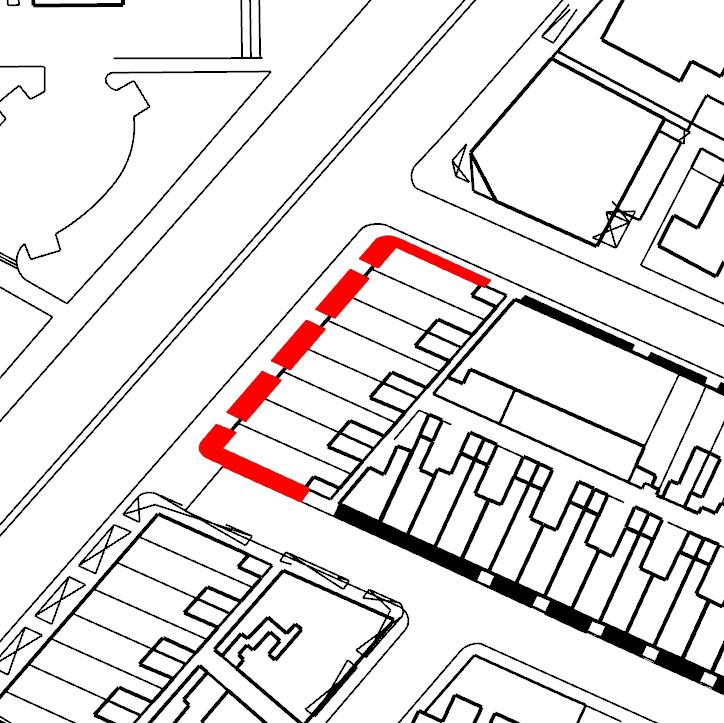
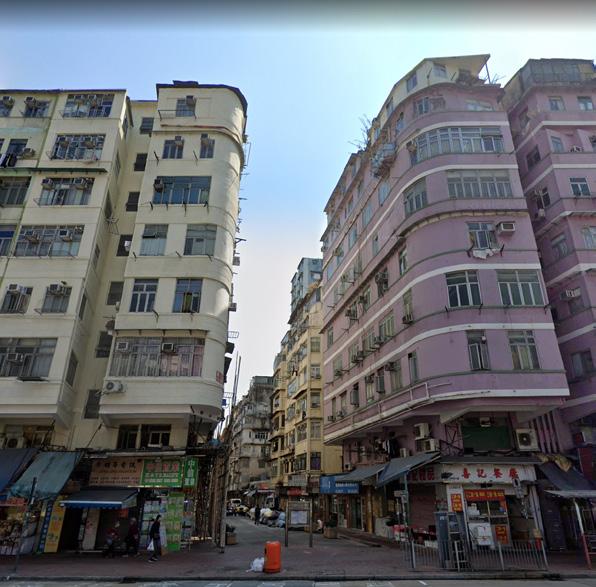
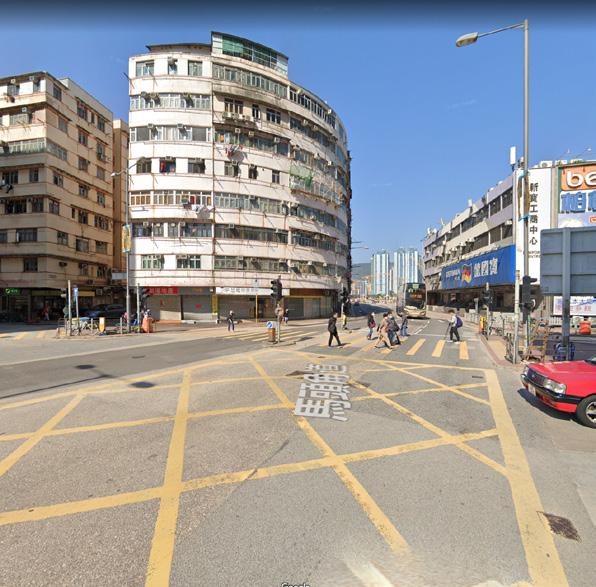 Type 1 Corner
Type 1 Angled
Type 2
Type 1 Corner
Type 1 Angled
Type 2
Jagged line
Dark, chaotic hiddened back allay, fewer balcony
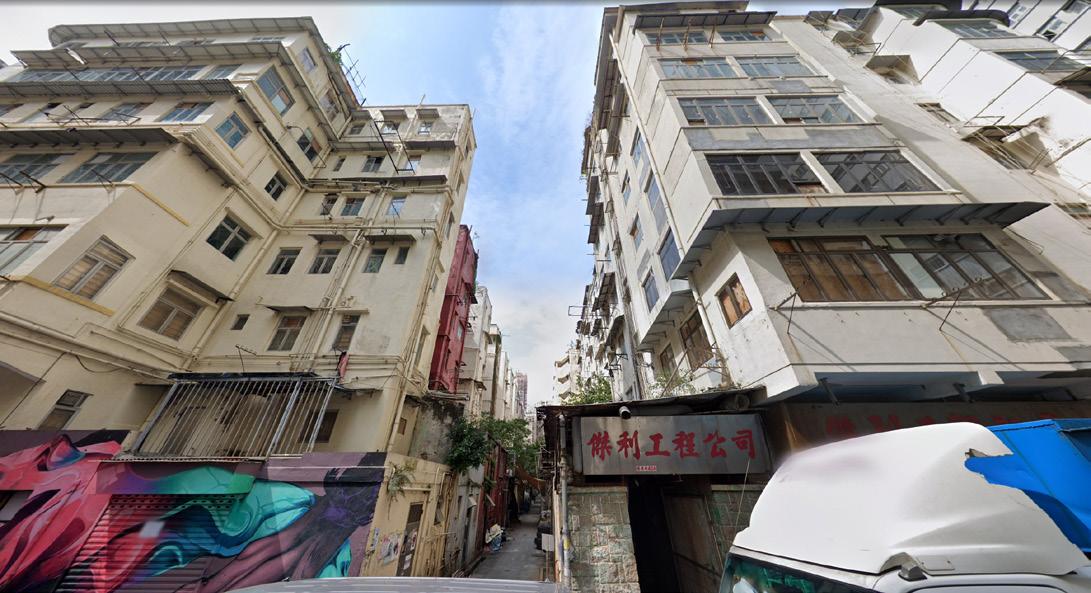
Bright,smoother and cleaner cantilived out facade surface closer to the street and be a part of streetscape
As Tenement don’t have podium resisdent would easily get int


The land near coastline is obviously a major developed zone, extend from Tsim Sha Tsui to Kai Tat, with a lot of parks, beautiful walkways and resisdential buildings, they just like a skin Surrounding the Old City.
Podiums restricted pedestrian path, and also keeping residents away from the community, especially for the type with podium mall.
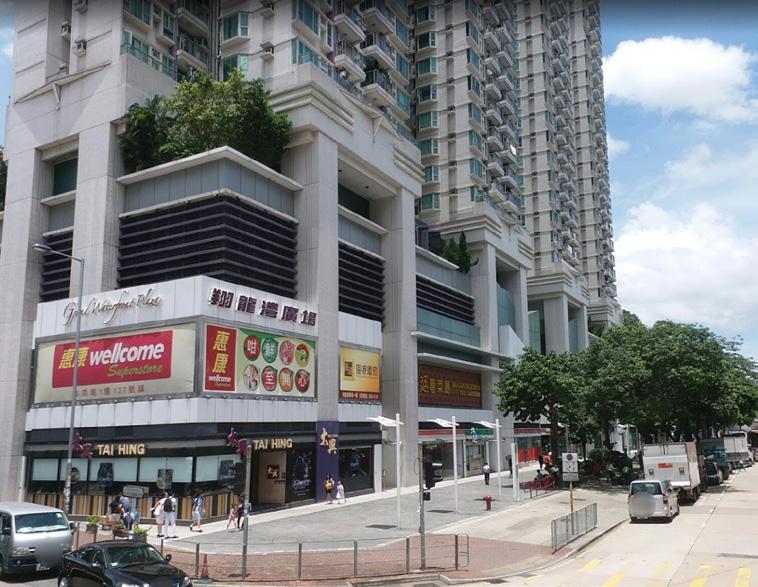
Hiding the community from the towers.
The Podiums are actually drilling holes in the city, which slowly remove the orginal indentity of surroundings.
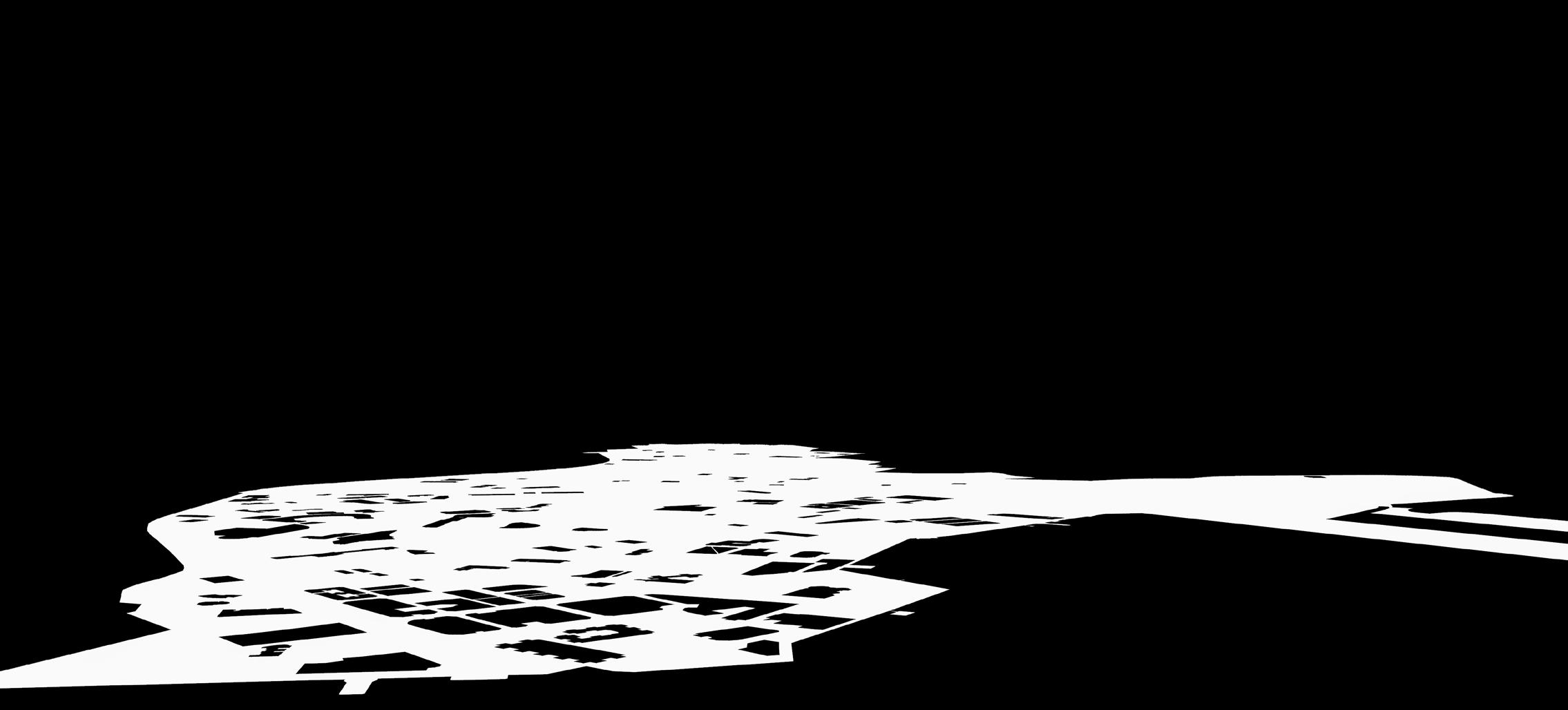


An archipelago is a group of islands set in an ocean that divide them. Each island is a part of the whole composition and works together.
Undergoing a series of reconstructions of old street blocks, the community of Kowloon City District reforms. There are also new residential complexes scattered around the city. With such huge ‘obstacles’, the pedestrian’s habits are redefined.
The podiums level worked as islands and the pedestrian level as the sea. Although the facilities are bigger and connected physically, but seems the communities are further fragmented an defined with new layers.
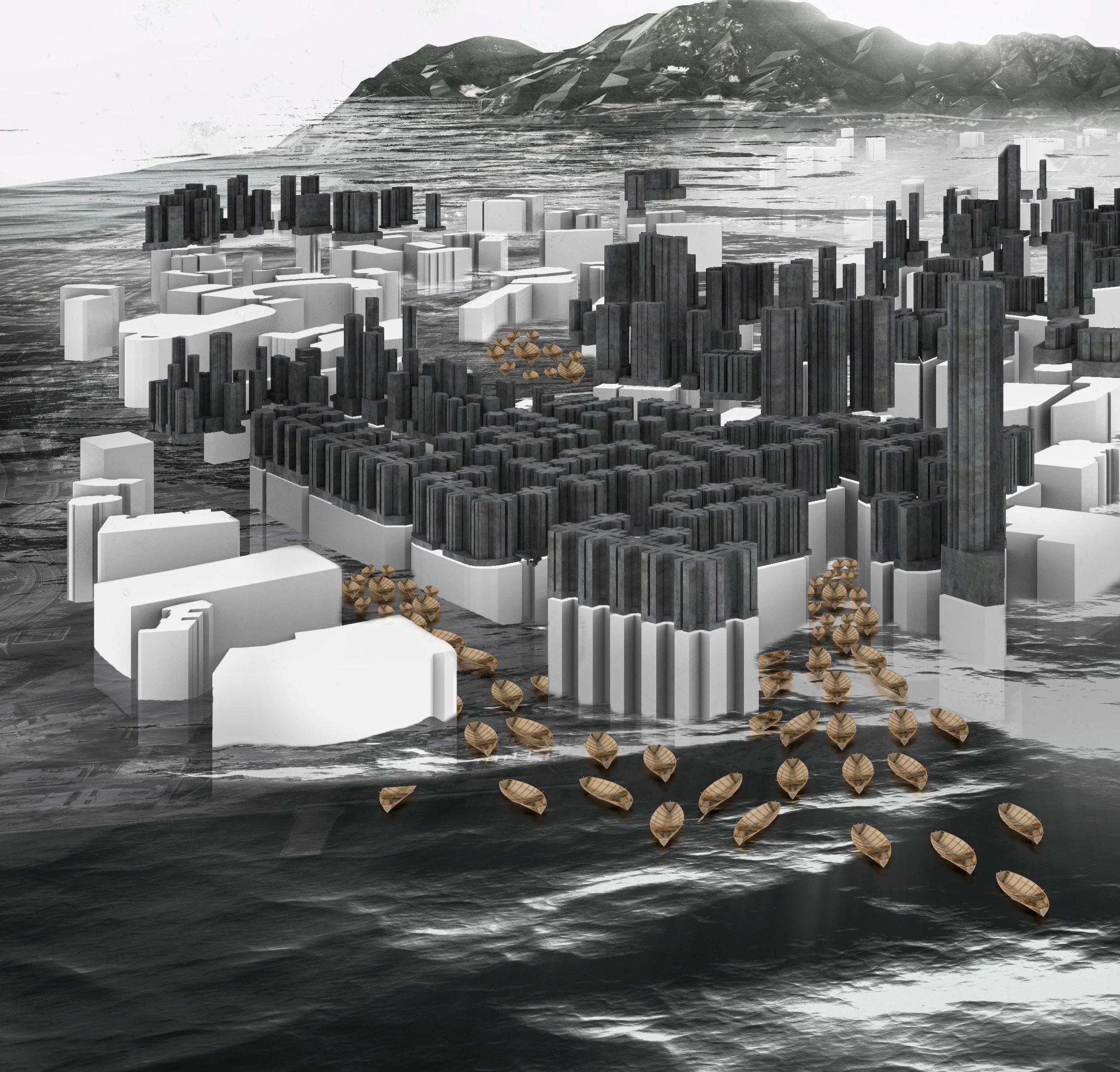
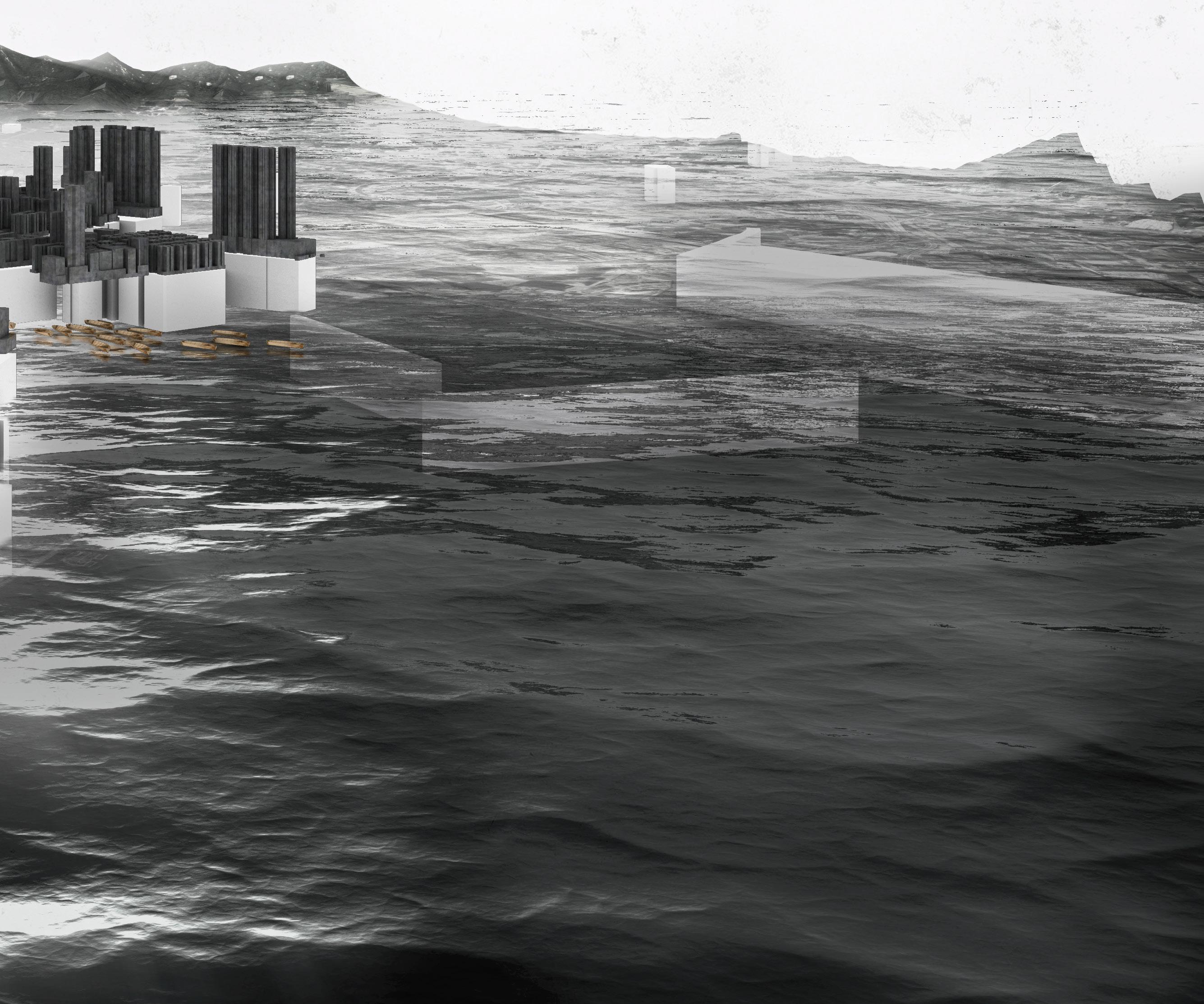
An archipelago is a group of islands set in an ocean that divide them. Each island is a part of the whole composition and works together.
Undergoing a series of reconstructions of old street blocks, the community of Kowloon City District reforms. There are also new residential complexes scattered around the city. With such huge ‘obstacles’, the pedestrian’s habits are redefined.
The podiums level worked as islands and the pedestrian level as the sea. Although the facilities are bigger and connected physically, but seems the communities are further fragmented an defined with new layers.
